What A Let Down: The Worst Planes, Jets, And Helicopters Ever Made
Since the first aircraft took flight in 1903, planes have revolutionized the world. People can travel to different countries in a single day, and international mail has sped up. Despite the many great aircraft out there, the world has terrible planes, too.
Some jets were built to transport people and ended up falling apart. Others were experiments from the government that didn't pan out or military crafts that ended up shot down. Here are the worst planes, jets, and helicopters ever made.
The Douglas DC-10 Was Accident-Prone
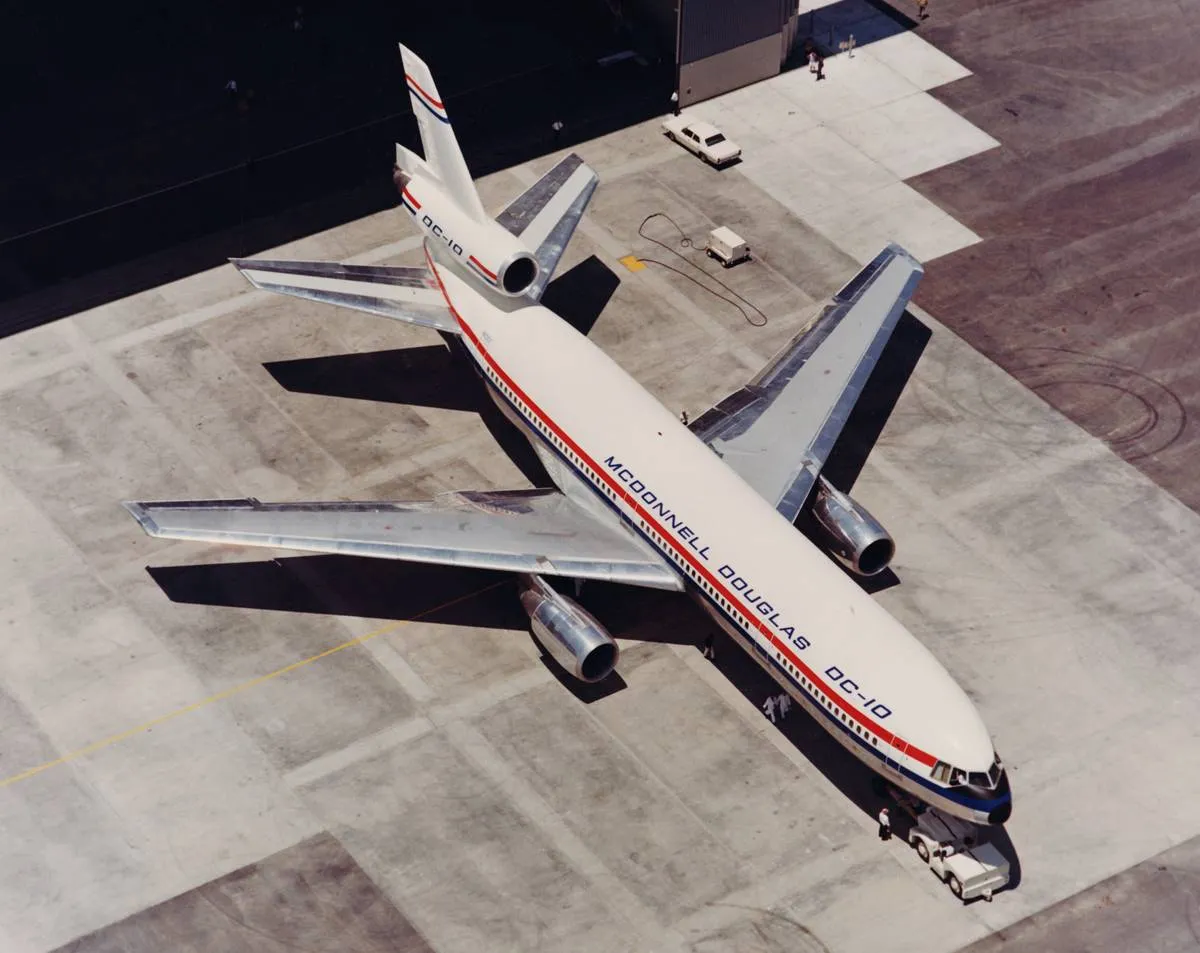
When the Douglas DC-10 first released, it was one of the most poorly-manufactured jets ever. Since the 1970s, it has had at least 55 accidents. These were mainly due to the cargo doors opening outwards instead of inwards, like most planes.
In 1972, the closed cargo door flew open in the middle of a flight, requiring a redesign. The same thing happened two years later. In 1979, an engine fell off of a wing while the plane was taking off.
Behold, The Worst Aircraft Ever Built
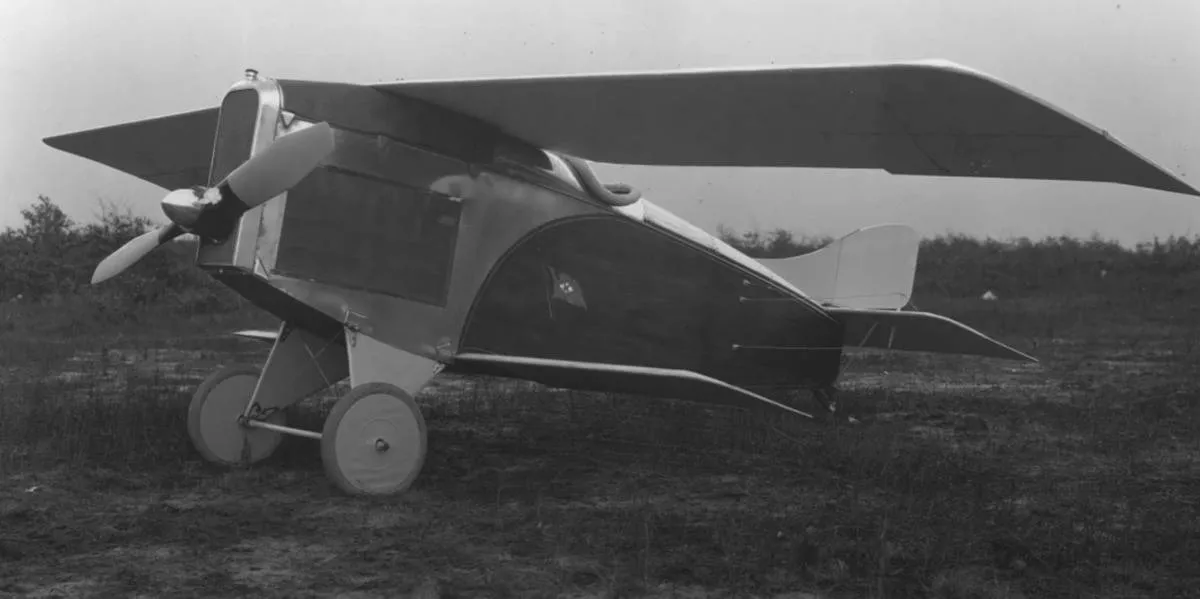
The Christmas Bullet, also called the Cantilever Aero Bullet, is considered to be one of the worst aircraft ever built. It was designed by Dr. William Whitney Christmas, who had no experience in aeronautical work. He claimed that he built planes that were lost to crashes, but there is no evidence beyond his claims.
The Christmas Bullet could only gain enough flight to guarantee the death of the pilot. Christmas believed that the wings should be "flexible," so he added no struts or braces. It was a disaster waiting to happen.
Yes, This Existed

In the 1950s, the U.S. Army wanted to fly-in their infantrymen. Instead of looking into jetpacks, they created a one-person helicopter. This aircraft had rotor blades speeding only four inches below his feet.
"The Devil's Hoverbike" had only a tiny platform for peoples' feet. Because it was so dangerous, the craft never went anywhere and was never used in battle. Today, it's a forgotten design that many people look back at and laugh at. We can't blame them.
The Fisher P-75 Eagle Didn't Live Up To The Hype

The Fisher P-75 Eagle was a symbol of American patriotism. Not only was "eagle" in the name, but the media also hyped the aircraft as an effective and smooth plane. It also had a French 75-mm gun, which was used during World War I.
Unfortunately, "the 75" didn't live up to the hype. It was a Frankenstein of interceptor parts that ended up not being effective. With a lack of horsepower, the plane was underwhelming.
This Crop Plane Was Given Jet Power

The PZL M-15 Belphegor was one of the only mass-produced biplanes in history (planes with two sets of wings). Created in 1972 in Poland, it was intended to be a crop duster for soviet farms.
So what was the problem? The M-15 was packed with jet power. That was way too fast for an average crop duster, and the engines were hard to find and expensive to replace. It was a pointless and expensive creation.
The "Flying Pancake" Was A Bad Idea
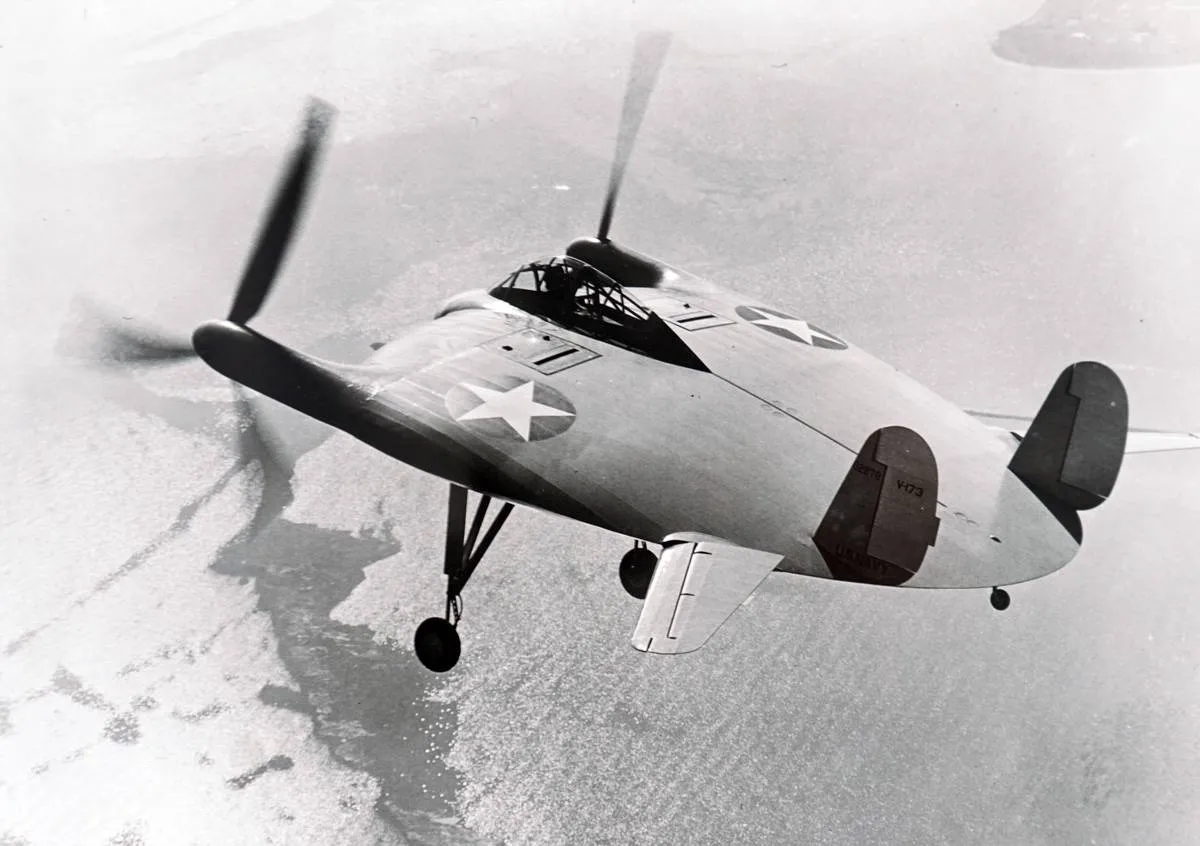
In the 1940s, the U.S. Navy made several experimental aircraft. One was the Vought V-173, better known as the "Flying Pancake." The craft had an "all-wing" design, making it look like a large disk. It had two propellers in the back.
For a whole year, the V-173 vibrated so violently that it couldn't even lift off the ground. When it could fly, it was surprisingly easy to pilot, but it was too slow. The project was canceled five years into production.
The Ca 60 Noviplano Was A Boat With Nine Wings
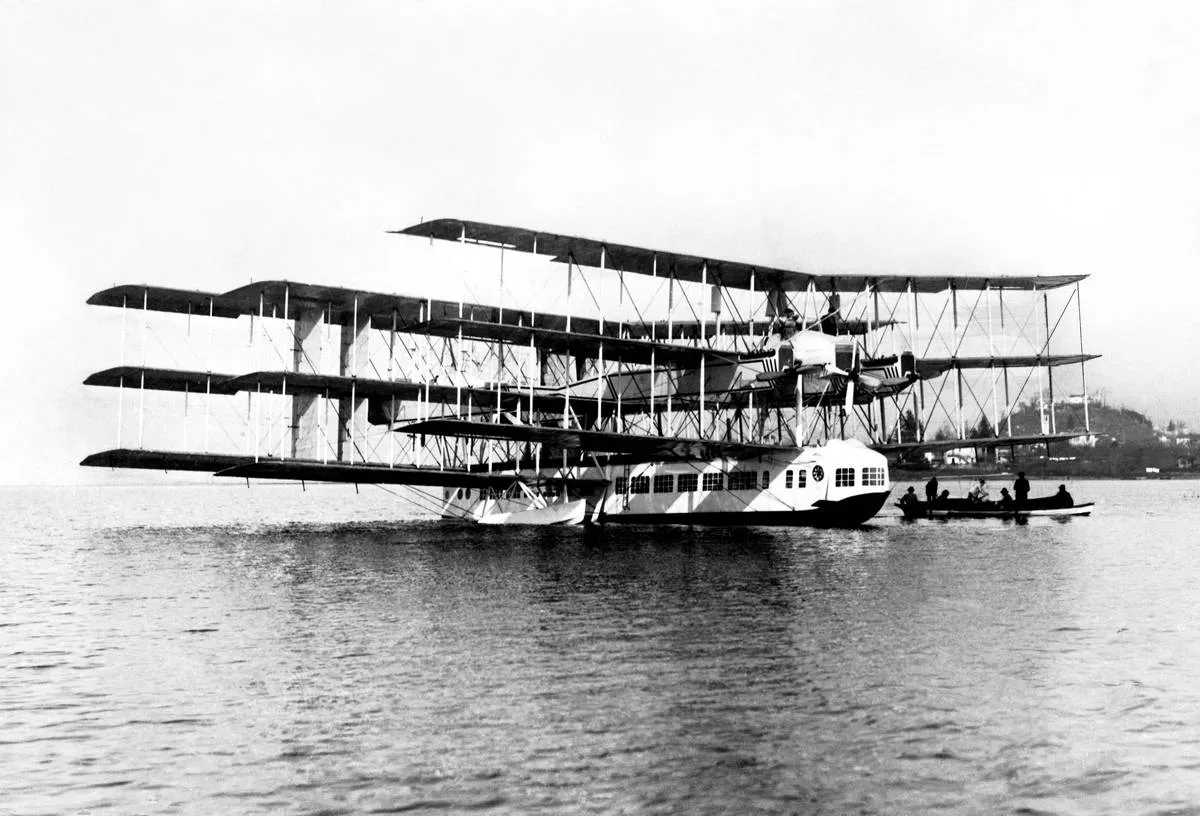
In the 1920s, Italian aviation pioneer Gianni Caproni decided to make a flying boat. He invented the Ca 60 Noviplano, which was a nine-winged boat that could carry 100 passengers, designed to travel across the Atlantic Ocean. A good idea, terrible execution.
It's no surprise that Caproni only made one model. It crashed on its second test flight. It was not very good-looking, either. It had nine wings, three piled on the front, middle, and back of the boat.
A Helicopter And Plane--What Could Go Wrong?
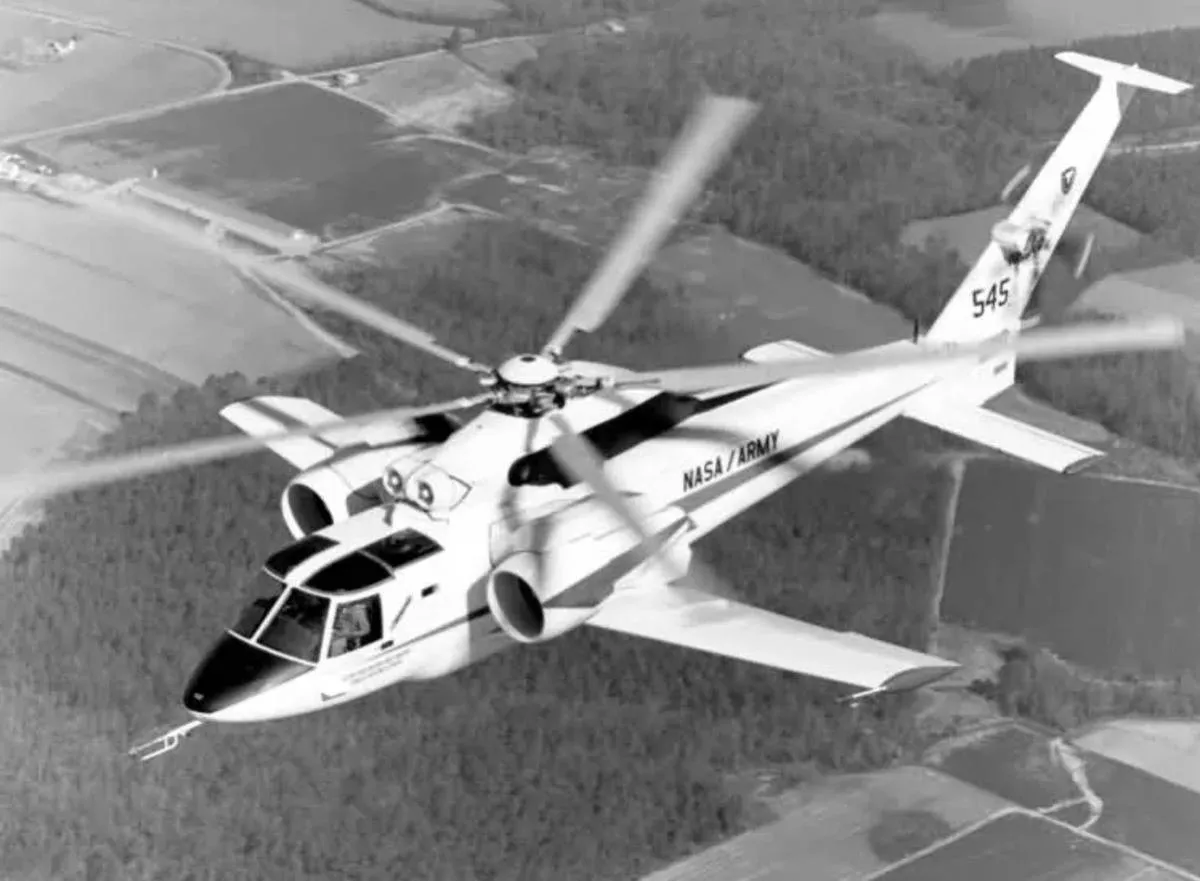
In 1976, the American aircraft manufacturer Sikorsky decided to combine a helicopter and a plane. It was a good idea, but not a good execution. The Sikorsky S-72, also called the X-Wing, was supposed to hit 300 knots. The project did not last one year.
Although details are scarce, it seems that the S-72 did not perform. Only two models were made, and one of them never flew. Whether the program was forgotten or discarded is not clear.
This Military Craft Was Supposed To Take Off Like A Rocket
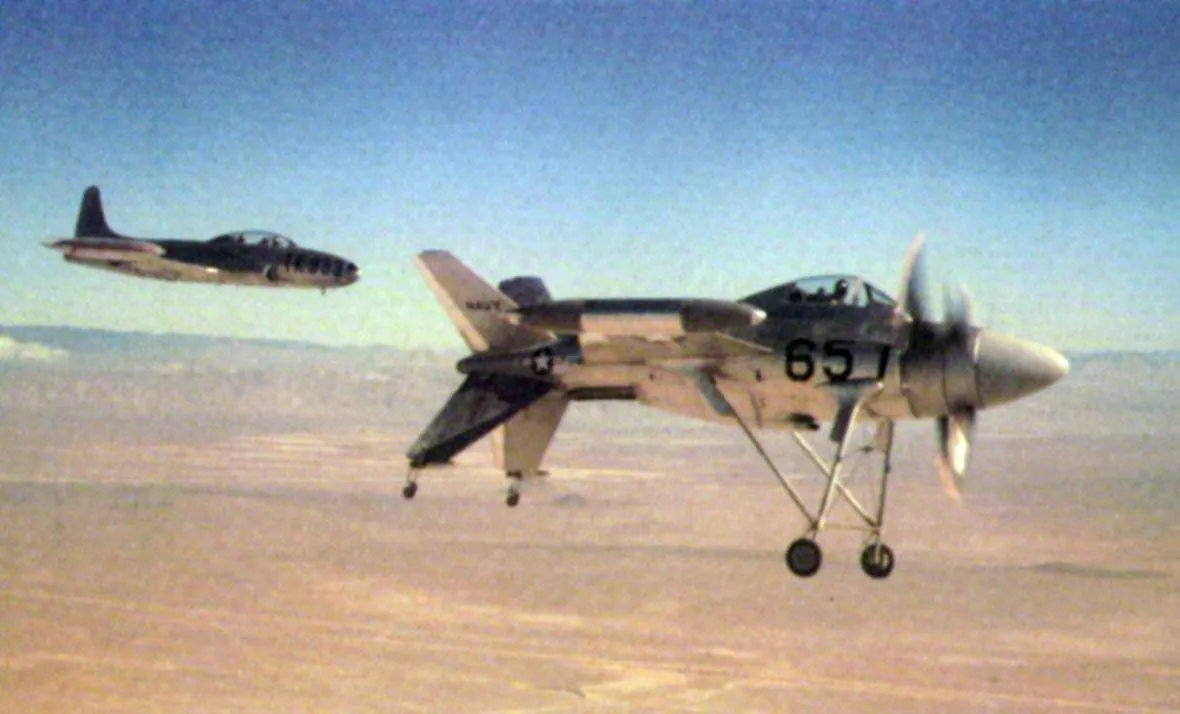
In the 1950s, the U.S. had a heightened military budget due to the Cold War. They tested a ton of bizarre ideas, including the Lockheed XFV-1 Salmon. The leg and wing design allowed the Salmon to take off vertically like a rocket.
For a point defense interceptor, vertical takeoff worked. But it also had many flaws. The engine would often get torn apart mid-flight. When that didn't happen, pilots would have the land the plane backward.
The Douglas TBD Devastator Was Devastating
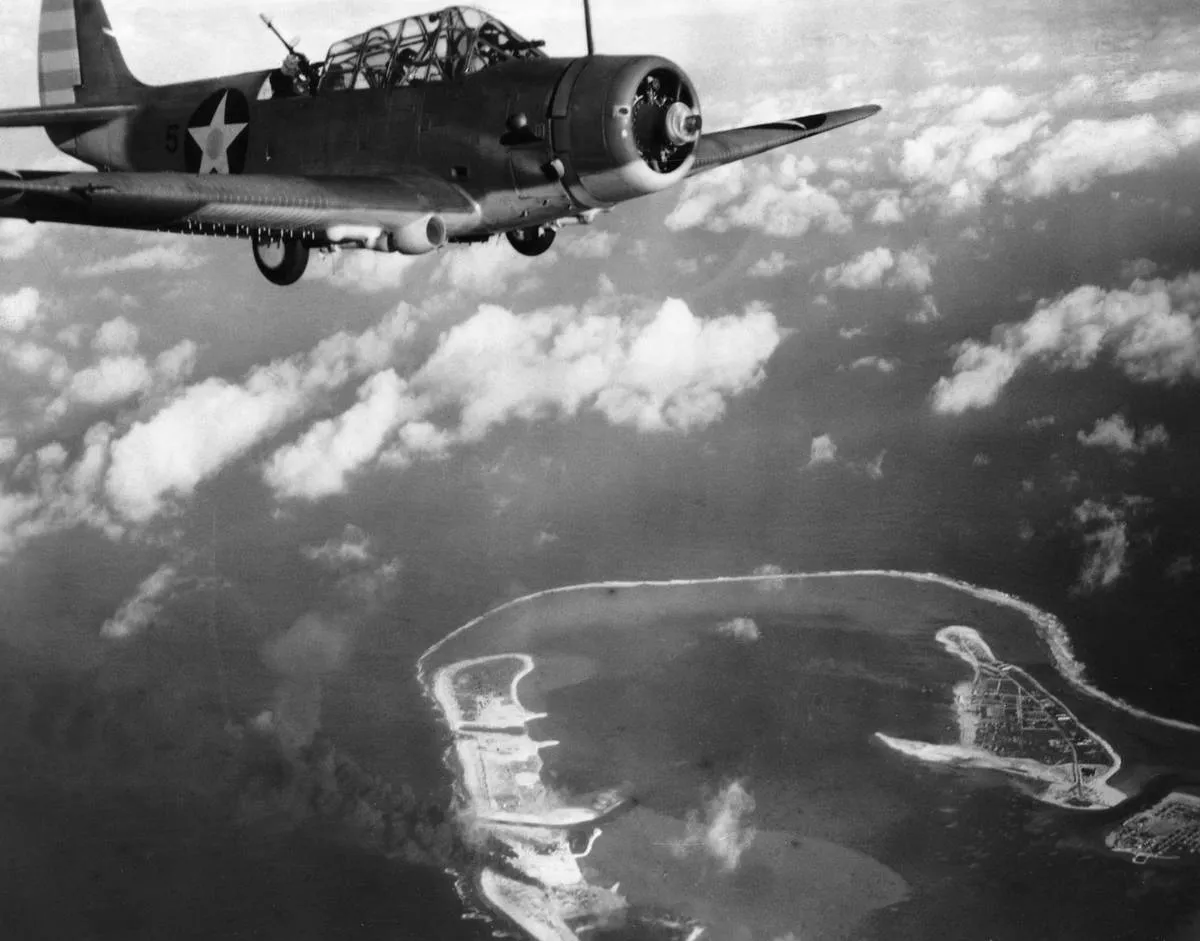
In 1934, the American Navy tested out a torpedo bomber called the Douglas TBD Devastator. But the Devastator had a serious design flaw. It could only release a torpedo when it flew completely straight at 115 miles per hour. Otherwise, it was a sitting duck.
During the Battle of Midway, only six of the 41 Devastators survived. The U.S. Navy stopped producing them two years after release, and by 1944, all Devastators had been replaced.
The "Flying Coffin": Brewster Buffalo
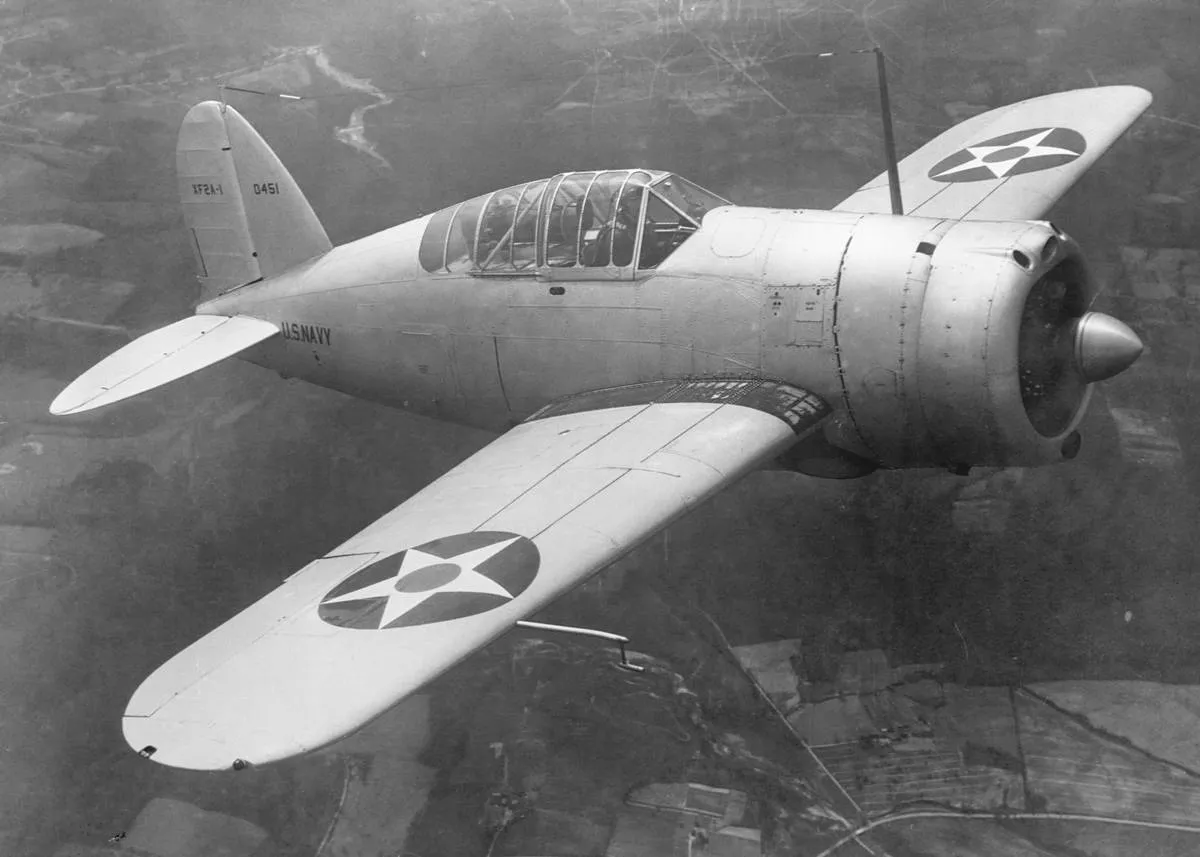
The Brewster Buffalo was the first monoplane fighter aircraft designed by the U.S. Navy. Pilots from the Finnish, Royal and Royal Australian Air Forces also used it during World War II. However, it became obsolete after the war because it was overweight and difficult to maneuver.
The Buffalo was also unpredictable, especially during landing. The weak landing gear often collapsed, putting the pilots at risk. It's no wonder that USMC pilots called it a "flying coffin."
The Lockheed Martin VH-71 Kestrel Was Way Too Expensive
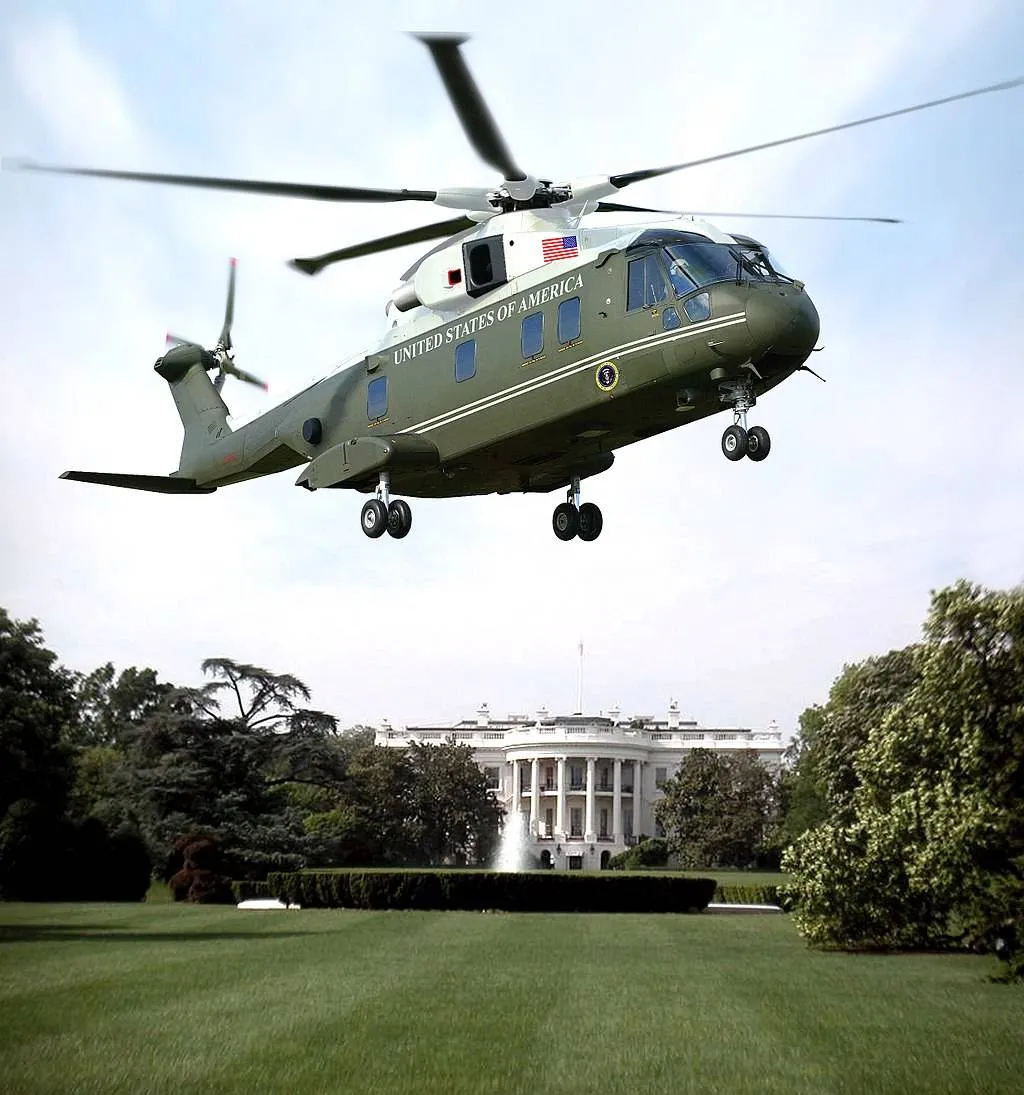
From an aeronautical perspective, the Lockheed Martin VH-71 Kestrel was excellent. It first flew in 2007 and was terminated in 2009. Why? Because it was way too expensive, even for the U.S. Navy.
The craft was initially marketed for Marine Corps and Presidential transport in 2005. Four years later, the cost for 28 helicopters jumped from $6.1 billion to $13 billion. After the project was cancelled, Canada bought the remaining Lockheeds and used them for spare parts.
When The Soviets Ripped Off The Harrier Jump Jet

The British Navy's Harrier Jump Jet was a huge success. The vertical take-off and landing fighter had many advantages that traditional jets did not. Seeing the design, the Soviet Union decided to make their own jump jet, the Yakovlev Yak-38.
Unfortunately, it worked nothing like the Harrier. The Yakovlev could only fly 800 miles without weapons. Hot weather could overheat the engine, so the Yakovlev could only stay in the air for 15 minutes. The only upside was the ejector seat.
The Vought F7U Cutlass Struggled To Stay In The Air
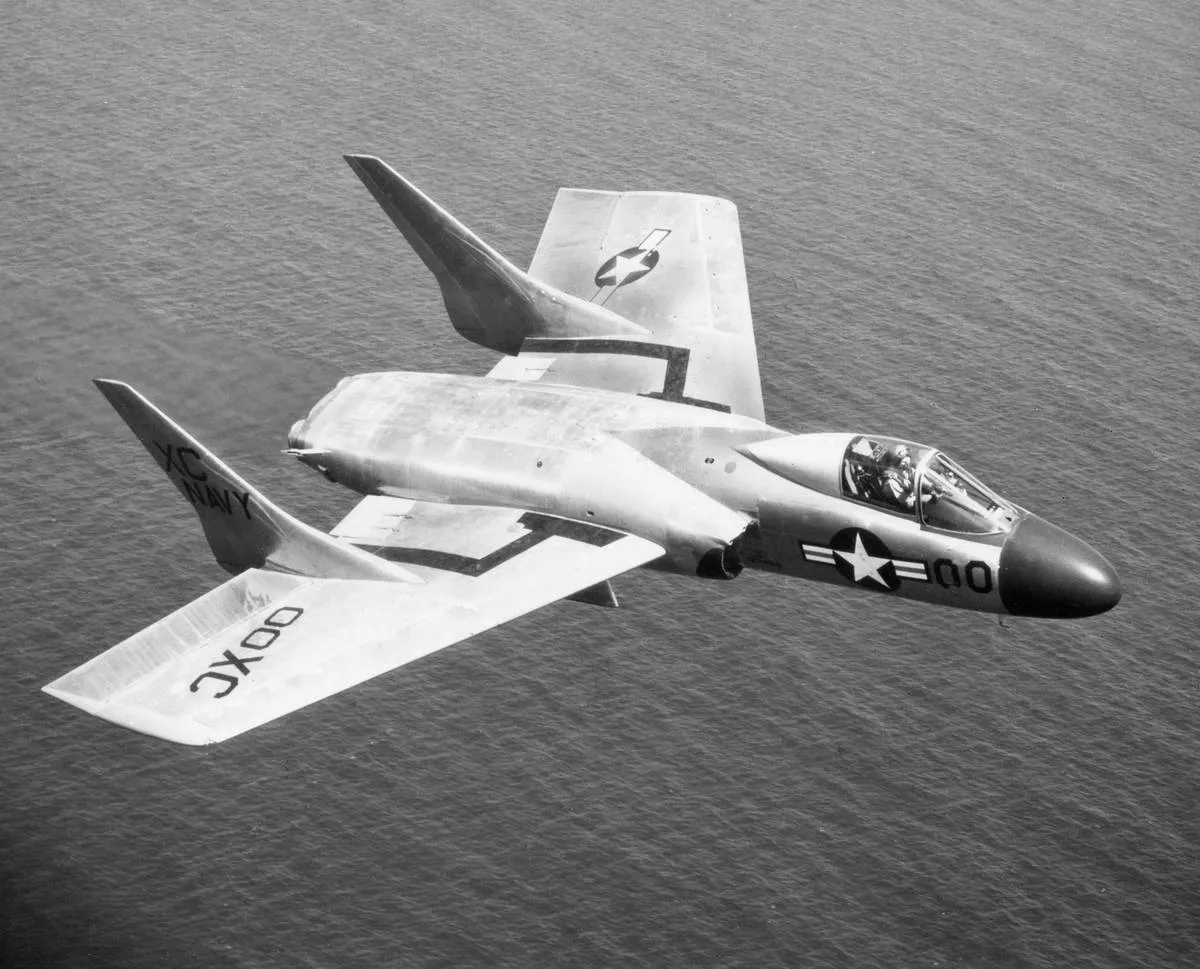
When the Vought F7U Cutlass was released in 1948, it had innovative designs. The traditional tail was no longer there, and the wings had a sweeping design. While the Cutlass looked sleek, and it was fast, it struggled to stay in the air.
On top of that, the turbojets did not have enough thrust for take-offs and landings. The craft often struggled to even get high enough. Three of the prototypes crashed, and 25% of the sold planes fell apart.
The First German Airliner Was Designed Like A Bomber
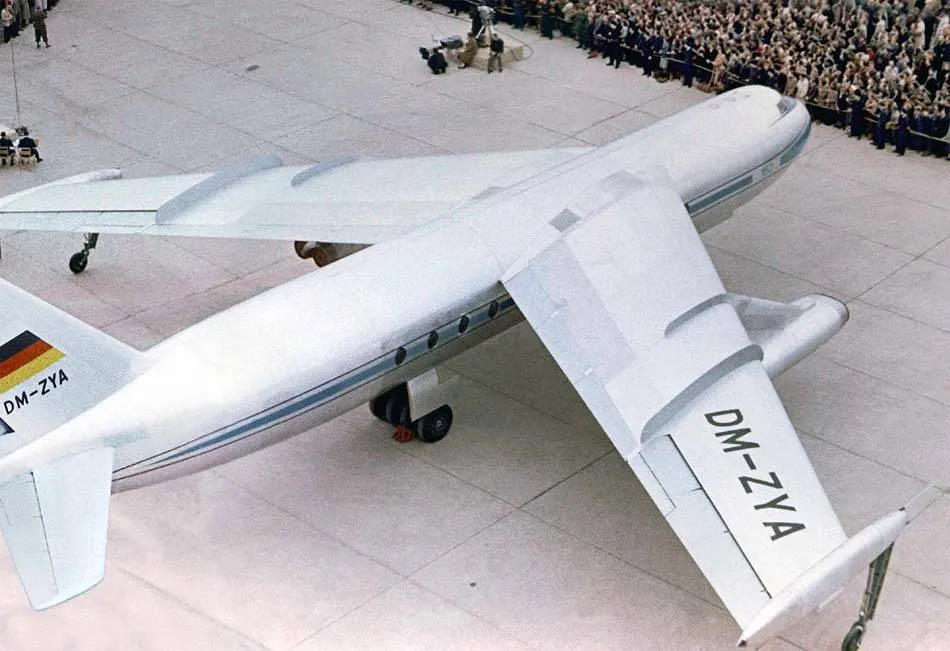
The Baade 152 was the first-ever German-designed airliner. With a high-wing and outrigger wheels on the wingtips, it was modeled after bombers. This did not work for airliners. On only its second flight, the prototype crashed, and the entire crew died tragically.
On a separate occasion, engineers discovered that the fuel lines stopped during a descent. This caused the engine to stop working. Construction ended in 1961, three years after the first model, and it became the only East German plane ever made.
Why We Didn't Have Flying Cars In The 1940s
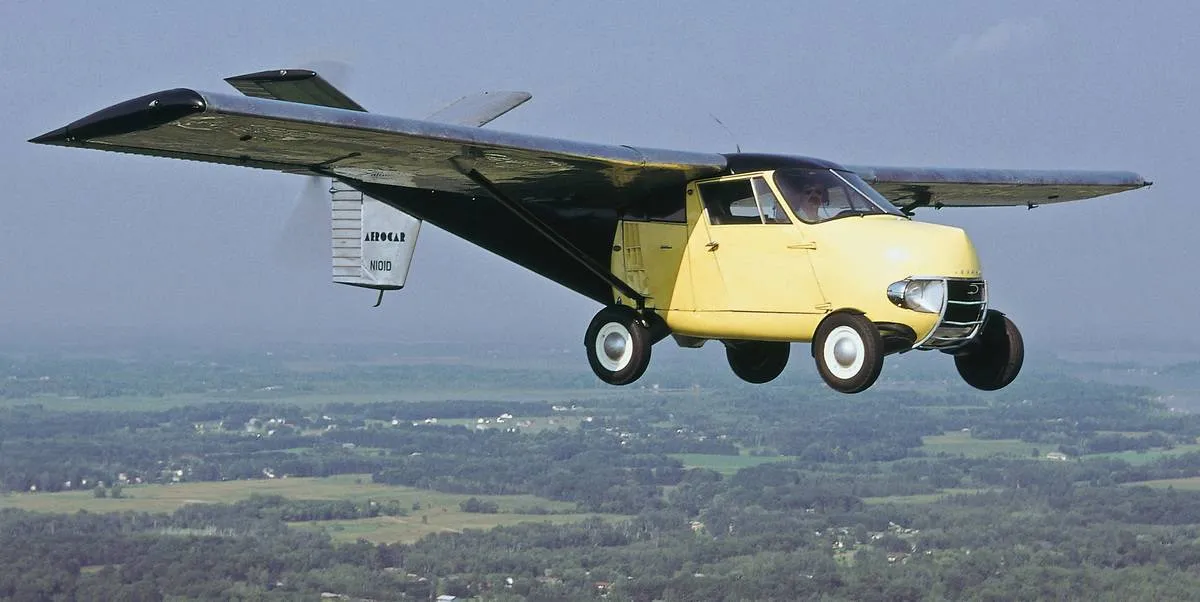
In the 1940s, aeronautical engineer Moulton Taylor invented flying cars. The most accurate way to describe this is car-planes, known as Aerocars. The crafts received a lot of public attention, and the media hyped up the idea of flying cars.
Taylor connected with an investor who agreed to mass-produce Aerocars if he could find 500 buyers. Taylor did not find that many sellers. This could be because the prototype tests were highly publicized, and many of them did not go well.
The Convair NB-36 Was An Atomic Disaster
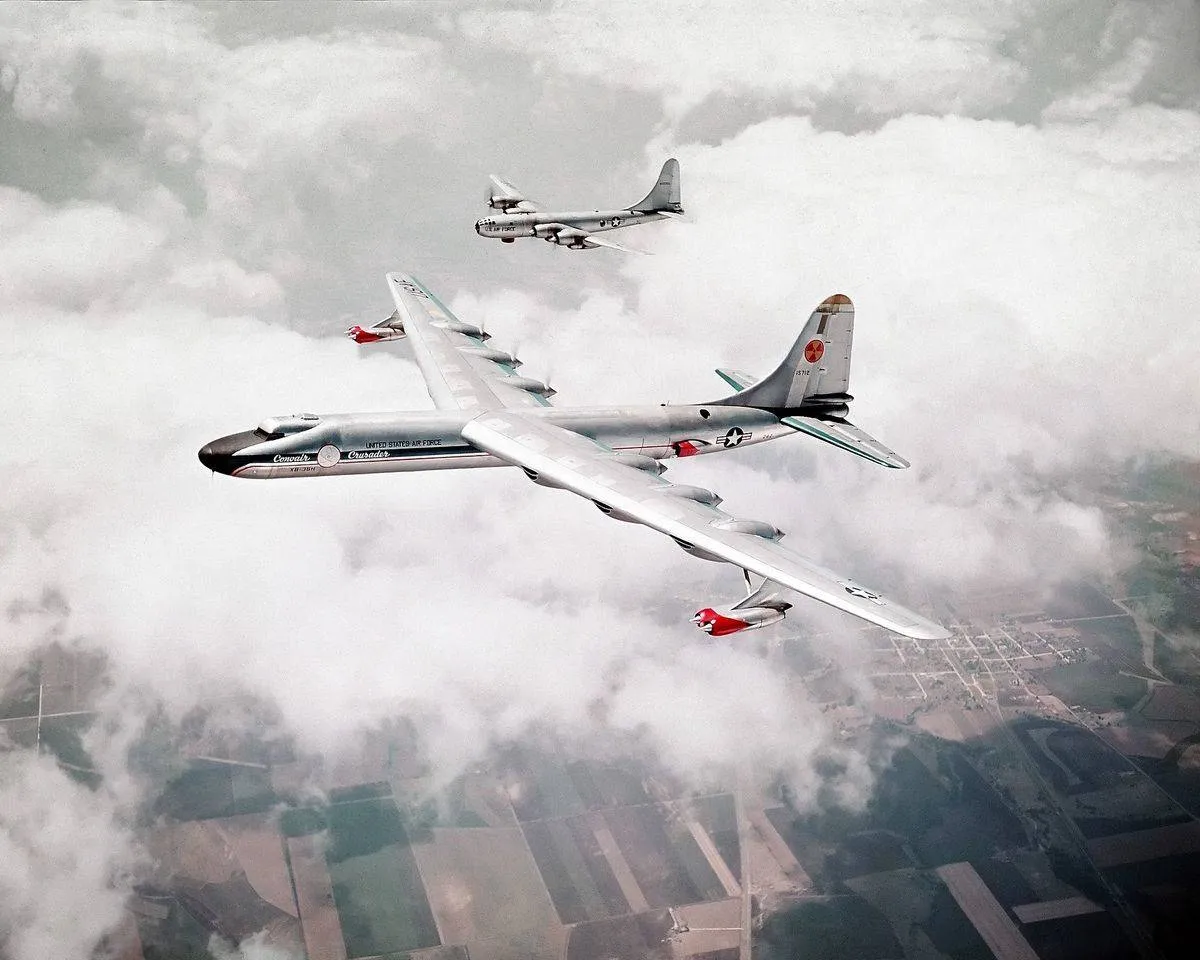
Nuclear reactor devices are designed to start and control a chain of nuclear reactions. They are usually used in power plants, but in the 1950s, designers decided to put one in an aircraft. The Convair NB-36 "Atomic wait" was one of those planes.
If this sounds like a bad idea, that's because it was. The U.S. intended to test nuclear reactions high in the air. The Convair was so dangerous that it only flew 47 times before discontinuing.
Wrong, Not Wright
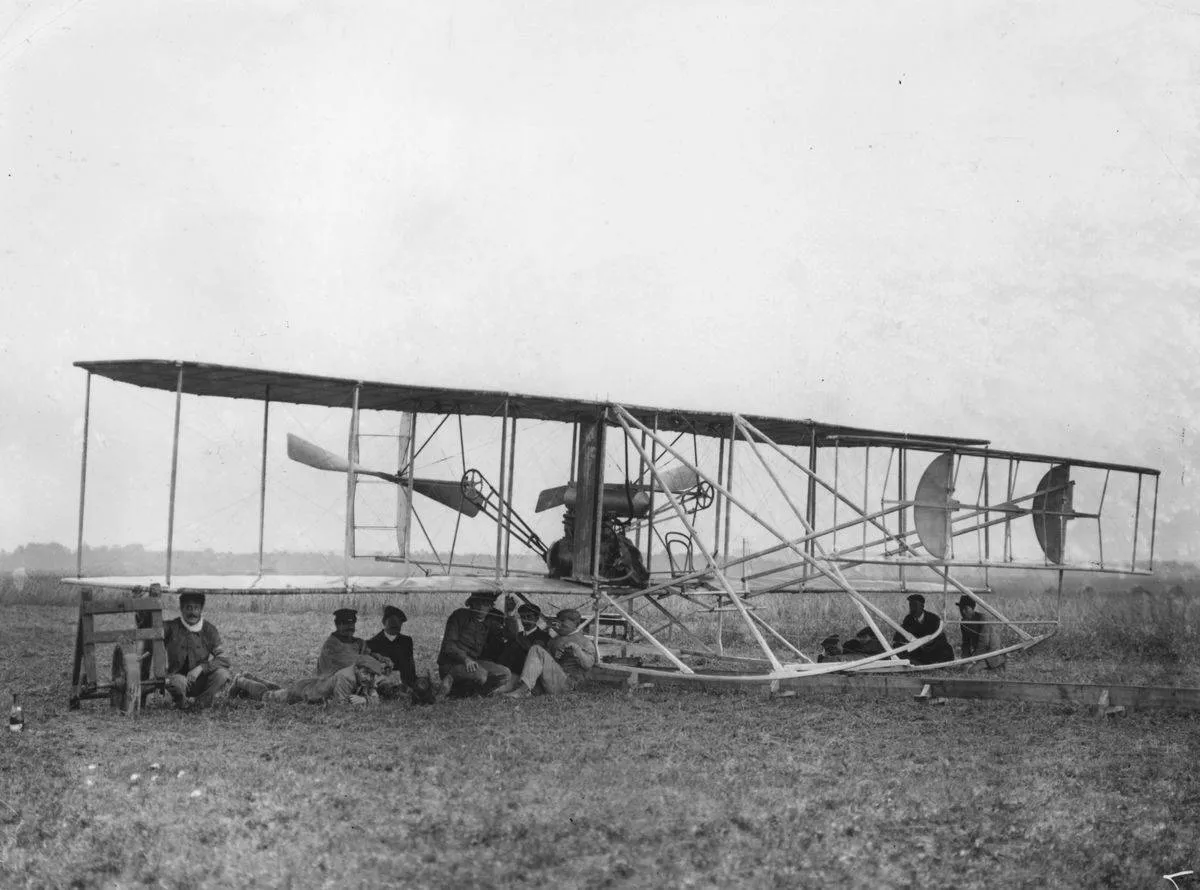
The Wright Flyer is often praised for being the first plane to sustain flight with a pilot aboard. However, many forget that the Flyer only stayed in the air for 59 seconds. The pilot also had no control of the craft.
On December 17, 1903, the Wright Flyer only flew four times. Its longest flight was 852 feet. It was a significant step for innovation, and as the Smithsonian says, it was the first heavier-than-air craft to fly. But it didn't work well.
So Many Problems With The British Bristol 188
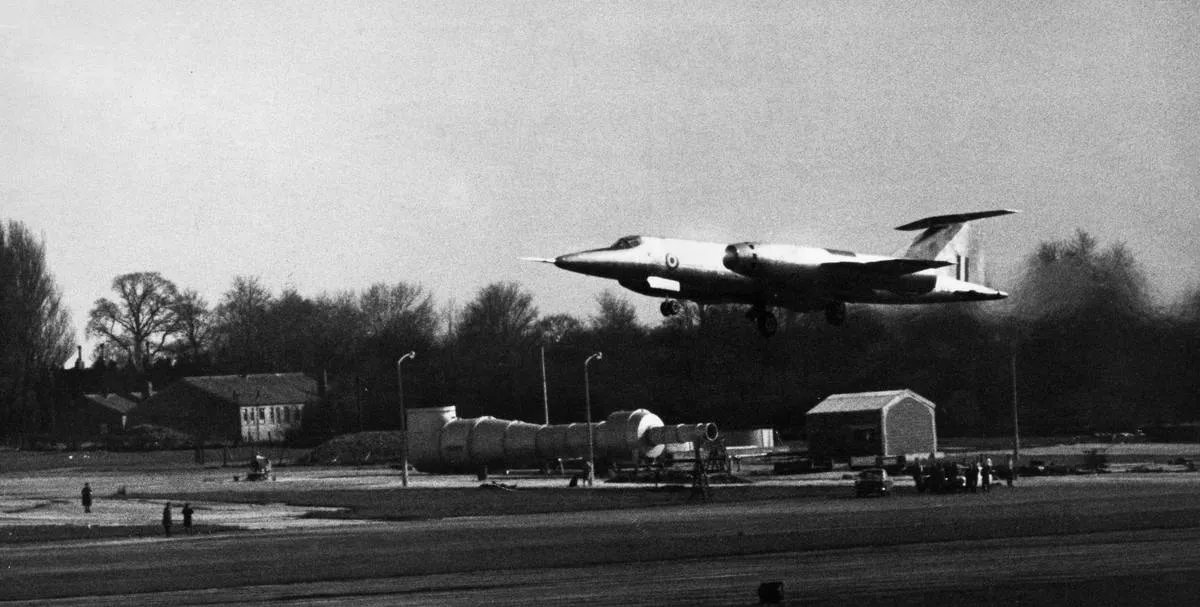
In 1947, Chuck Yeager broke the sound barrier in a Bell X-1. Many engineers wanted to replicate this feat by developing faster planes. The British Bristol 188 was meant to break the sound barrier, but it ended up being extremely flawed.
Whenever the Bristol flew, the fuel tank leaked. It couldn't even take off until it reached 300 mph. All of that didn't even contribute to the speed. The Brisol was supposed to reach Mach 2.6, but it only hit Mach 2.
The Aerodrome's Only Flights Were Into A River
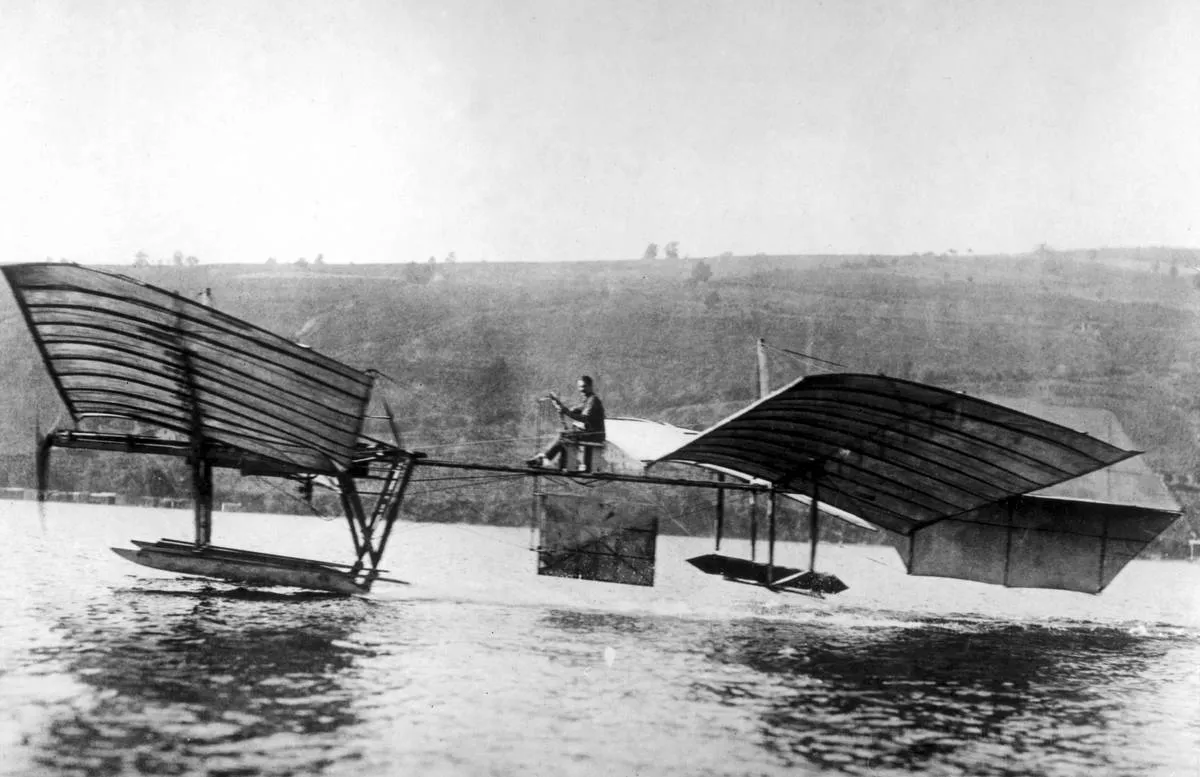
Samuel Pierpont Langley was a brilliant scientist and inventor, and also the secretary of the Smithsonian Institution. In 1901, he created an aircraft that flew over a mile. He decided to step it up and create the first man-powered long flight, the Aerodrome.
The Aerodrome's design was on point; it had a 52hp radial, the best power-to-weight ratio of any engine. But it could not take flight. When it flew off of its catapult, it landed in the Potomac River. Twice.
Another Attempt At Vertical Takeoff
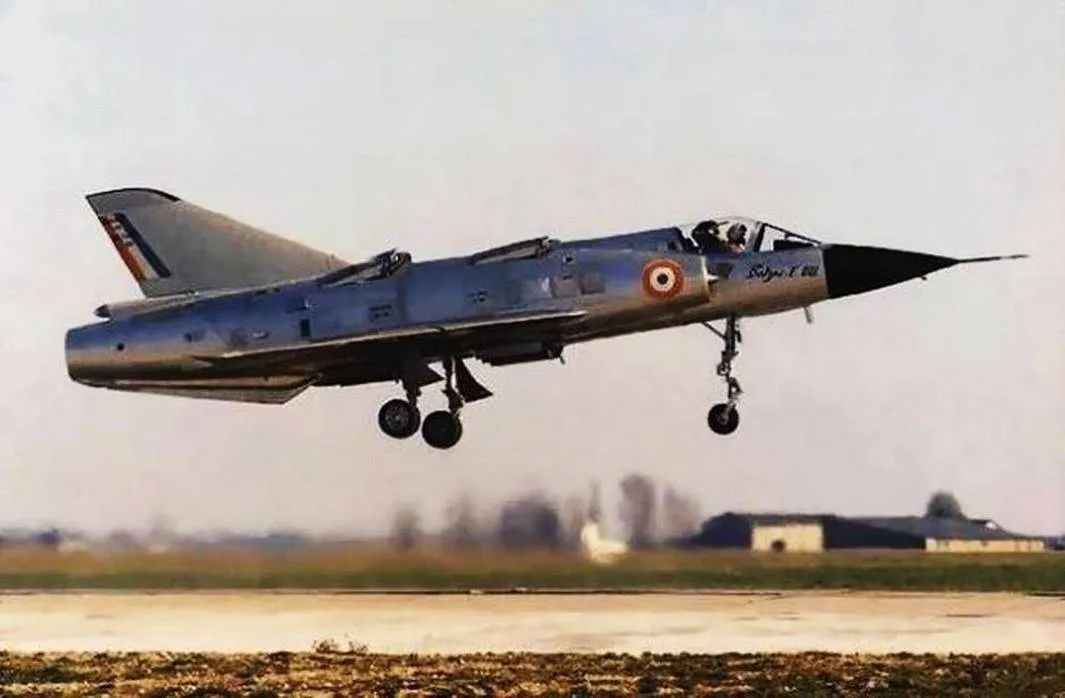
During the '50s and '60s, many countries tried their hands at vertical-flight aircraft. In France, this attempt was called the Dassault Balzac V. The fighter was an adjusted version of their earlier Mirage III, but the changes were not for the better.
The Dassault crashed during one of its test flights, killing two pilots. Despite that, engineers tested the Dassault again. Once again, it crashed, but the pilot ejected in time. It was discontinued shortly afterward.
The Grumman X-29A Was As Wonky As It Looks
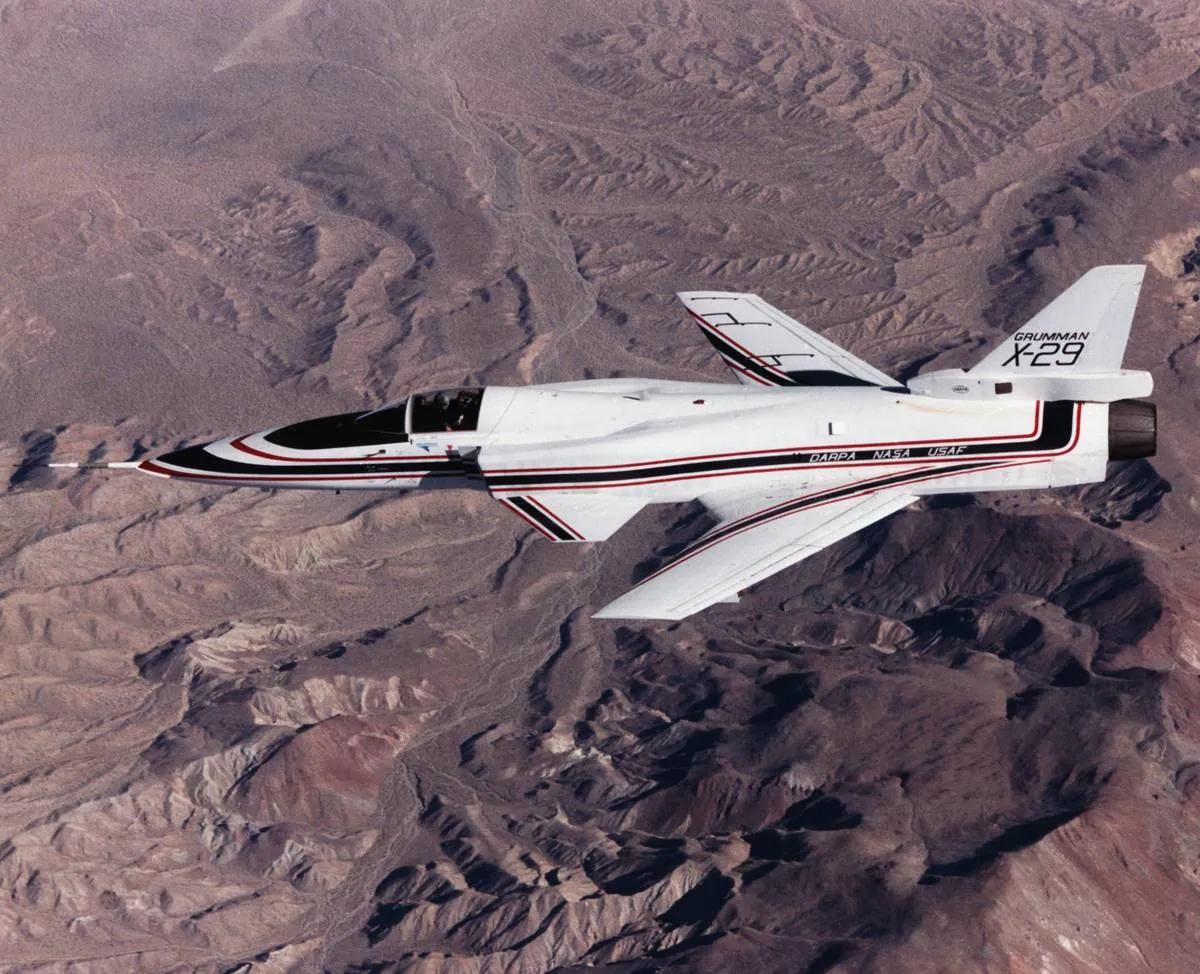
In the 1980s, the U.S. Air Force worked with NASA to create a fighter jet for research. The GRunman X-29A had a unique forward-sweeping wing design. The wing design was supposed to help the jet reach subsonic speeds, but instead, it made it impossible to fly.
According to a NASA historian, "It was unflyable—literally—without a digital flight computer onboard, which made corrections to the flight path 40 times a second." Why even fly the jet at that point?
The Bell FM-1 Airacuda Oveerheated

Bell aircrafts first hit the scene in the 1930s. With a futuristic look and unconventional features, they were highly popular. But the Bell FM-1 Airacuda failed consistently, mainly because the engine would often overheat.
The gun placements made firing easier in bombing formations, but they also came with flaws. Whenever you fired the guns, the gunner stations filled with smoke. The propellers often failed whenever a pilot wanted to bail out. For these reasons, the FM-1 ended up being dangerous.
Why The McDonnell XF-85 Goblin Failed In Battle
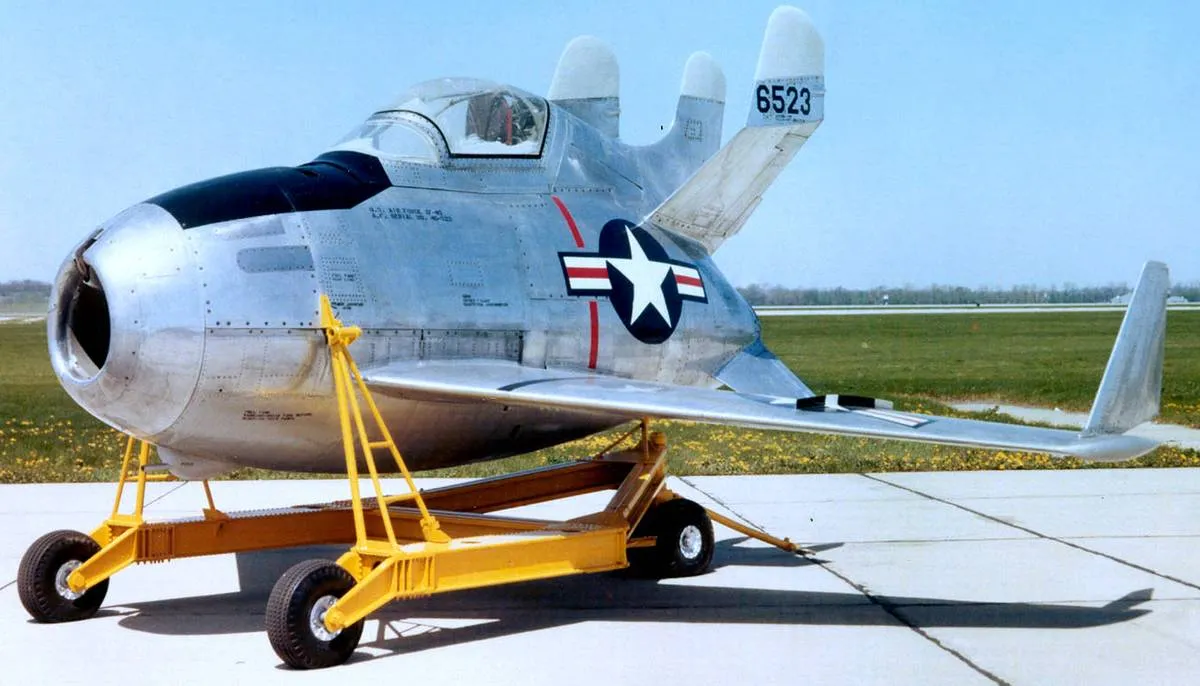
Three years after World War II ended, engineers designed the parasite flyer the McDonnell XF-85 Goblin. Parasite flyers attach to a larger bomber for takeoff, and then mid-flight, the parasite would detach and fight other planes.
In this sense, the Goblin worked fine. But after it detached, it frequently got gunned down by other planes. The .50-cal machine guns were not powerful enough to make a difference on the battlefield. After one year, the project was cancelled.
The Rockwell XFV-12 Couldn't Lift Off The Ground
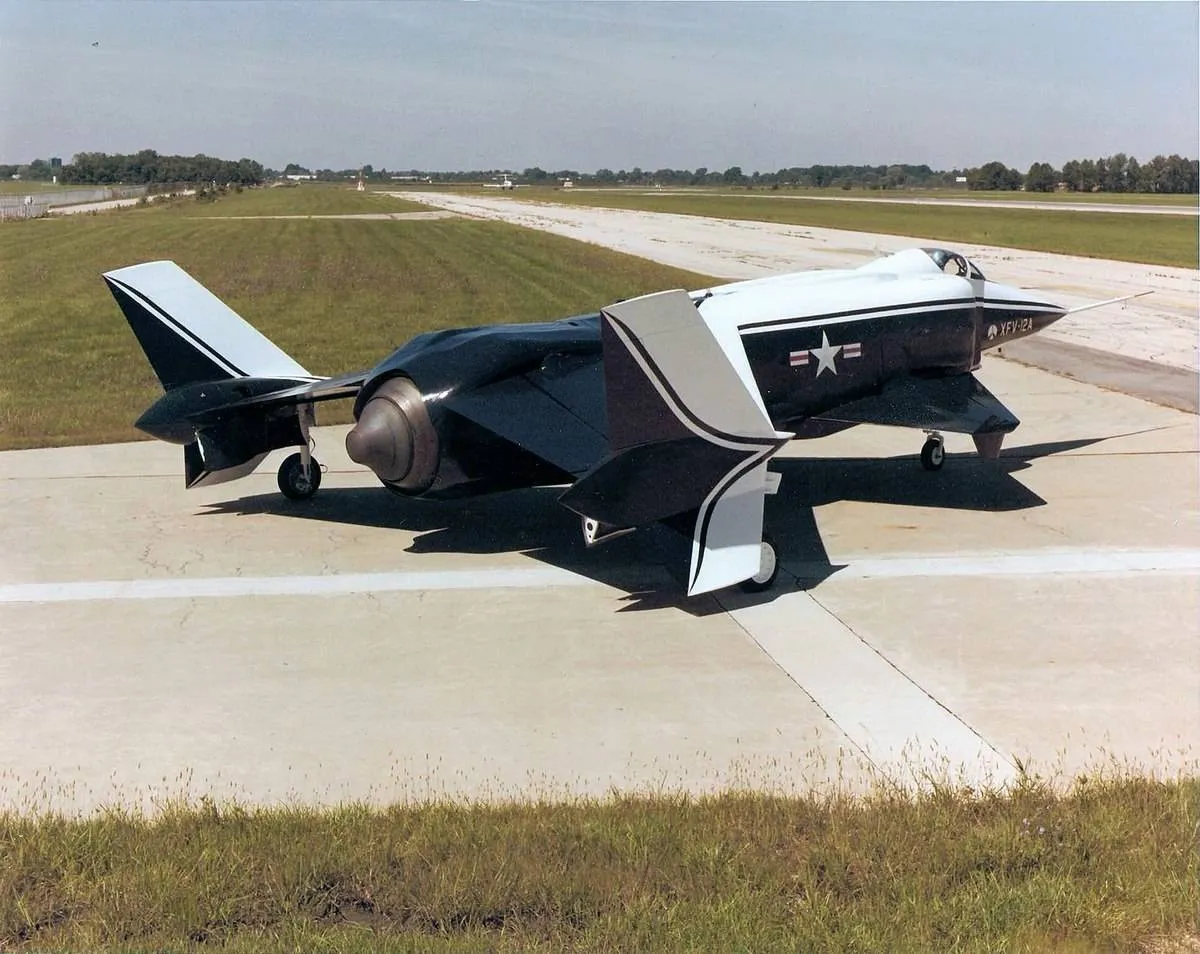
In 1977, the United States Navy built a supersonic jet called the Rockwell XFV-12. They intended to combine Mach 2 speed and AIM-7 Sparrow armament. It also had a beautiful wing style and pointed front--if only it could fly.
The Rockwell had a "thrust augmentor wing" that was supposed to enable vertical flight. Unfortunately, it could only lift three-quarters off the ground. After many failed flights, the project got cancelled in 1981. A sad fate for a sleek jet.
The Messerschmitt Komet Could Only Fly For Three Minutes
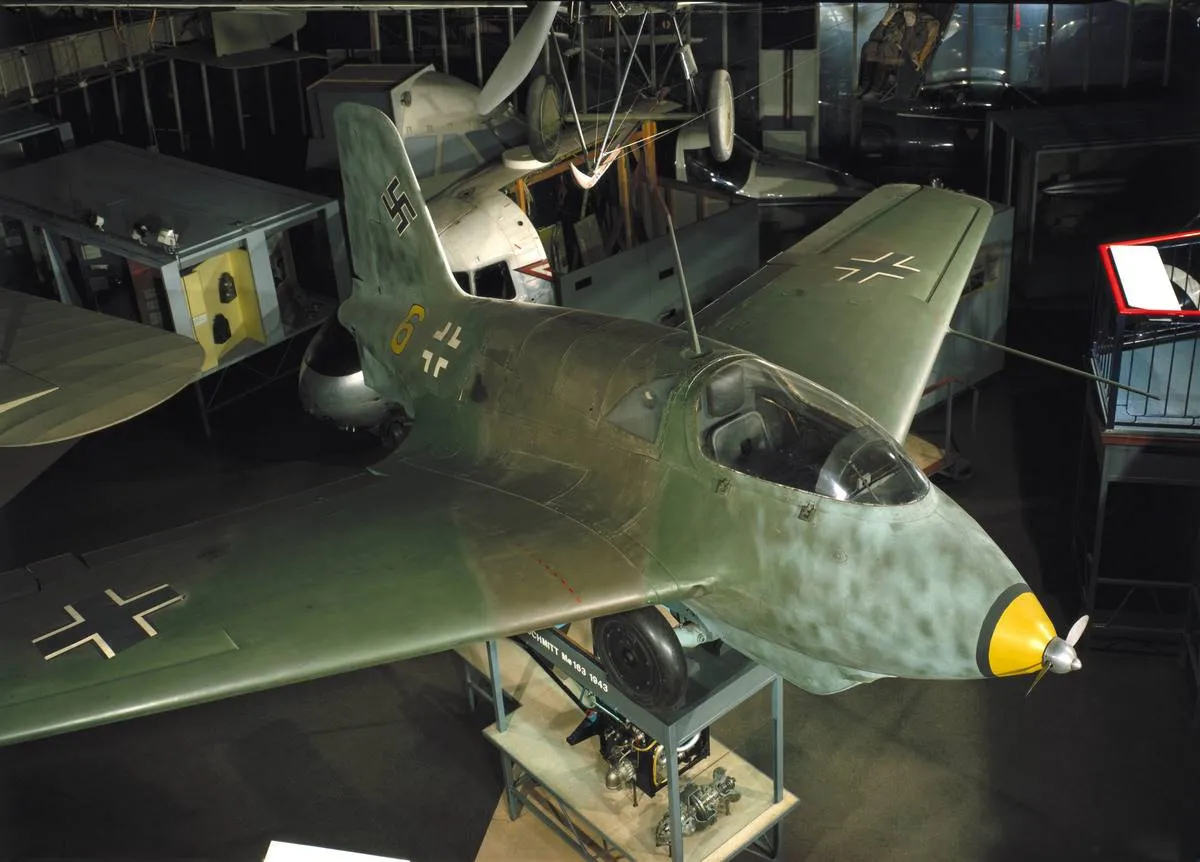
In 1944, Germany introduced the Messerschmitt Me 163 Komet, an interceptor craft designed to fight in World War II. It was rocket-powered and made to shoot down enemy jets. It could also reach speeds of 100 miles per hour, faster than any Allies plane.
The problem? It only had enough fuel to fly for three minutes! Fuel leaks frequently occurred during landings, which caused many fires and explosions. Many pilots died while testing and training with the Komet.
Pilots Could Barely See Out Of This Plane

The Mikoyan-Gurevich MiG-23 was the first Soviet plane with a "look-down/shoot-down" radar. The radar allowed pilots to track a weapon that moves beyond the horizon. The MiG-23 was meant to replace the MiG-21, but because of its cramped cockpit and limited vision, the MiG-21 stayed.
After the Cold War ended, Russian pilots returned to the MiG-21. MiG-23s are still in production, although they are quite limited. To its credit, the MiG-23 is not the worst plane on this list.
This Plane Was Loud And Unreliable
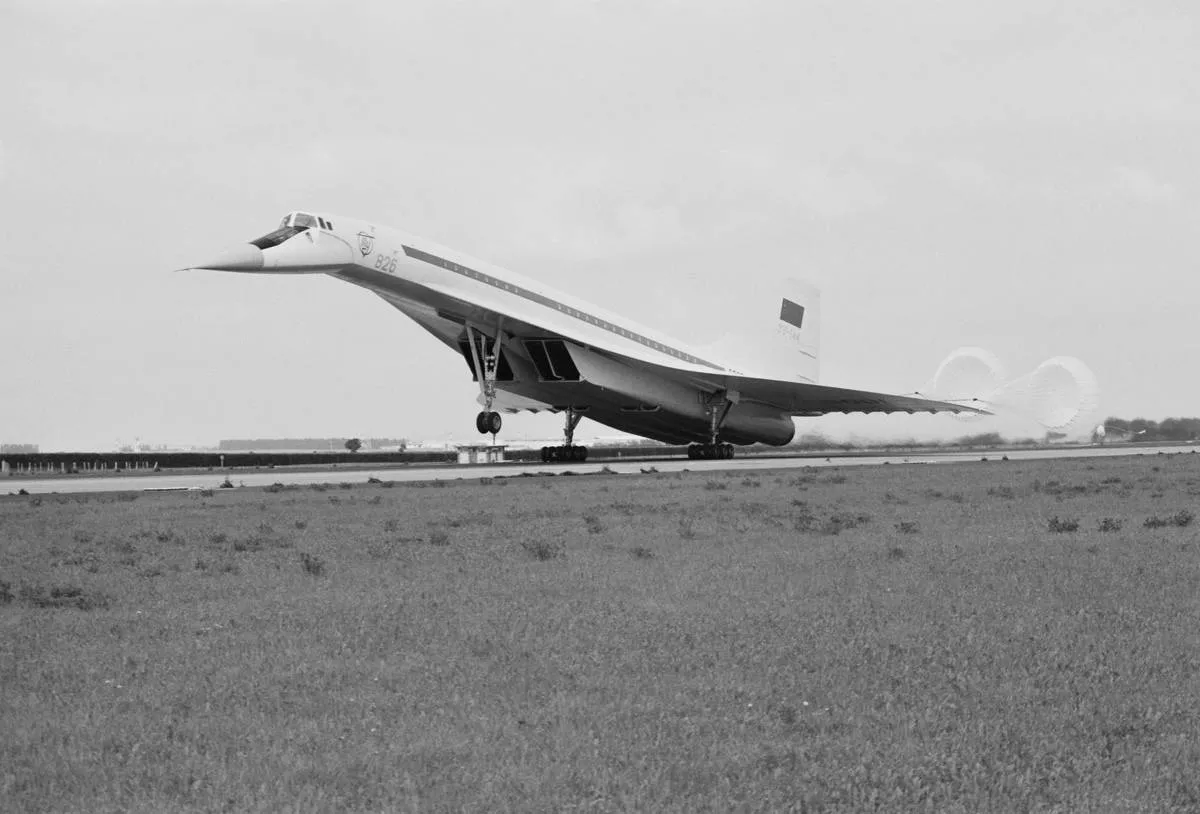
Only two supersonic jets have ever entered commercial service. One was the Tupolev TU- 144, a Russian jet that could fly at 1,200 miles per hour. But customers did not like the Tupolev TU- 144 because of its terrible passenger experience.
The aircraft failed during numerous flights. In 1978, there was a failure in the fuel tank valve during the Tupolev's final flight. It was also so loud that passengers had to pass each other notes while sitting next to each other.
The Concorde Was Hardly A Better Replacement
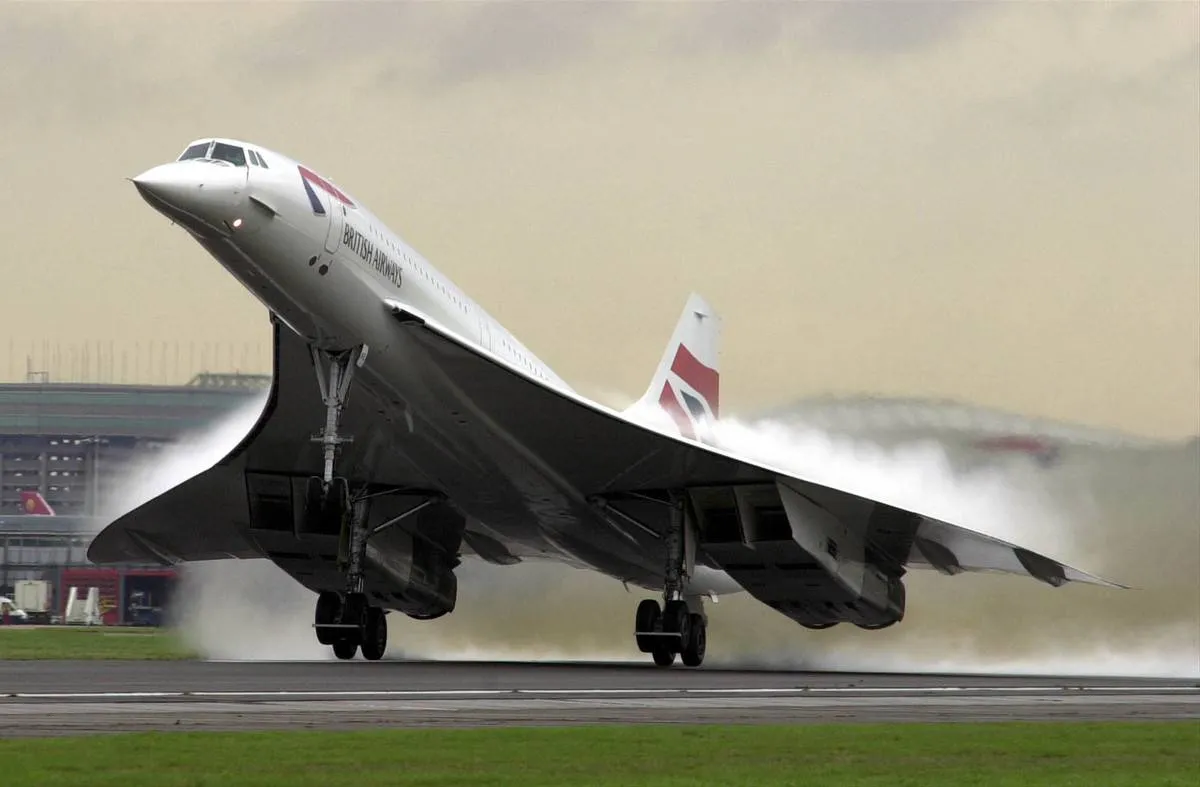
The Tupolev TU- 144 was one of two supersonic commercial jets. The other was the Concorde. While the Tupolev took the heat as the bad jet, the Concorde was hardly much better. The Concorde only took 55 flights before being cancelled.
The first passenger prototype crashed during the Paris Air show. During the show, 22 out of 24 central systems failed in the middle of the flight. Two airframes were also close to failing, according to engineers who analyzed the crash.
This British Royal Flying Corps Experiment Failed
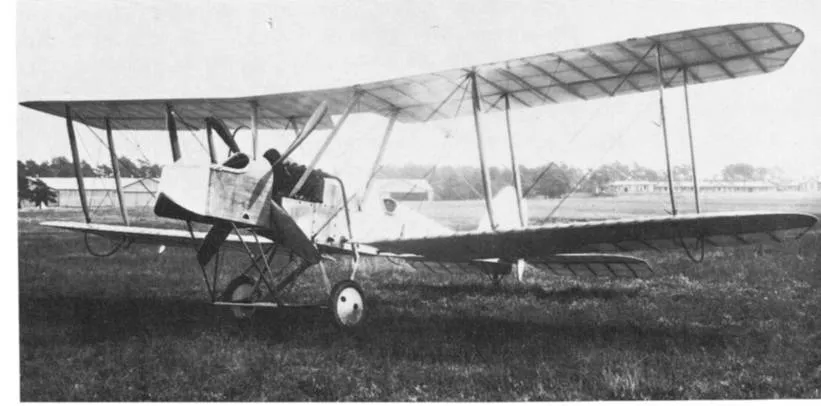
In 1915, the British Royal Flying Corps decided to create an experimental reconnaissance aircraft. It was called the Royal Aircraft Factory B.E.9, and it attempted to increase the pilot's range of fire with the observer's machine gun. But the new layout backfired.
The gunner's new position left him prone to injury. Passengers were dangerously close to the propellers, which could slice them during a crash. A commander of RAF defenses called it "an extremely dangerous machine from the passenger's point of view."
The Fairey Albacore Was Difficult To Fly
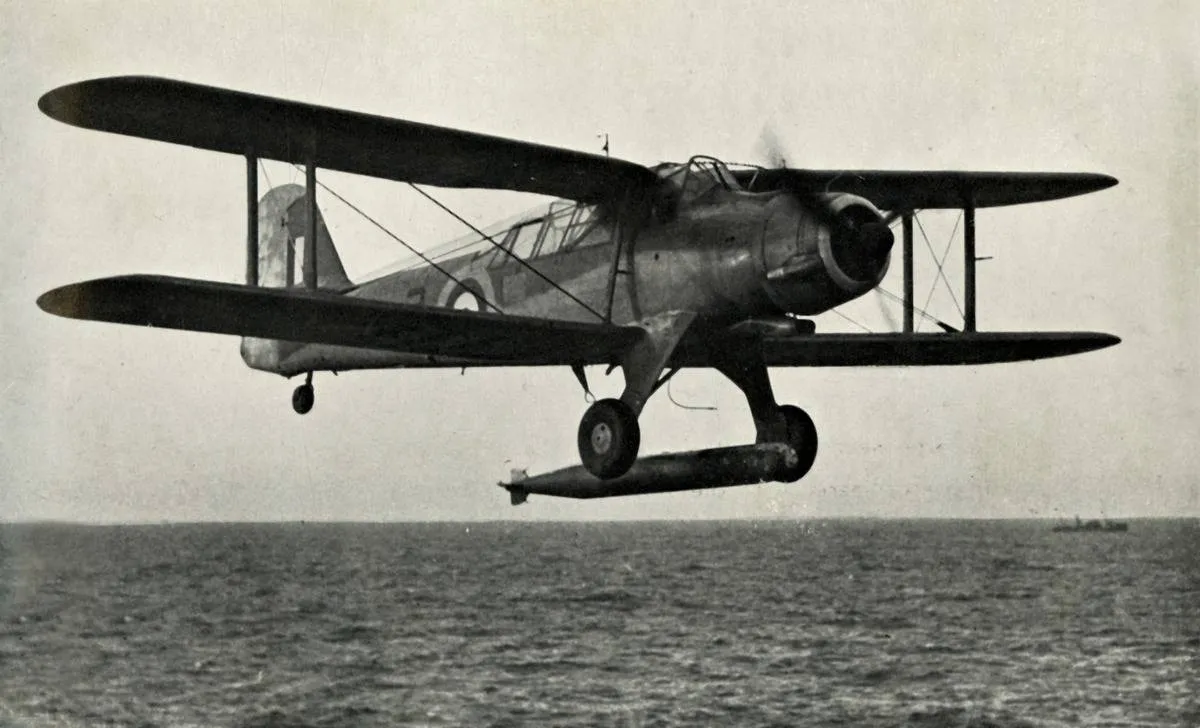
In the late 1930s, the British aimed to replace the Fairy Swordfish with the updated Fairey Albacore. It was a single-engine biplane torpedo bomber, but it eventually discontinued before the Swordfish. Pilots did not enjoy flying it, saying that the Swordfish was easier to handle.
Many Albacores got into accidents during the early years of World War II. Some pilots claimed that it was okay to fly as long as there were no enemies around. Today, only one Albacore remains.
The First Jet-Powered Commercial Airliner
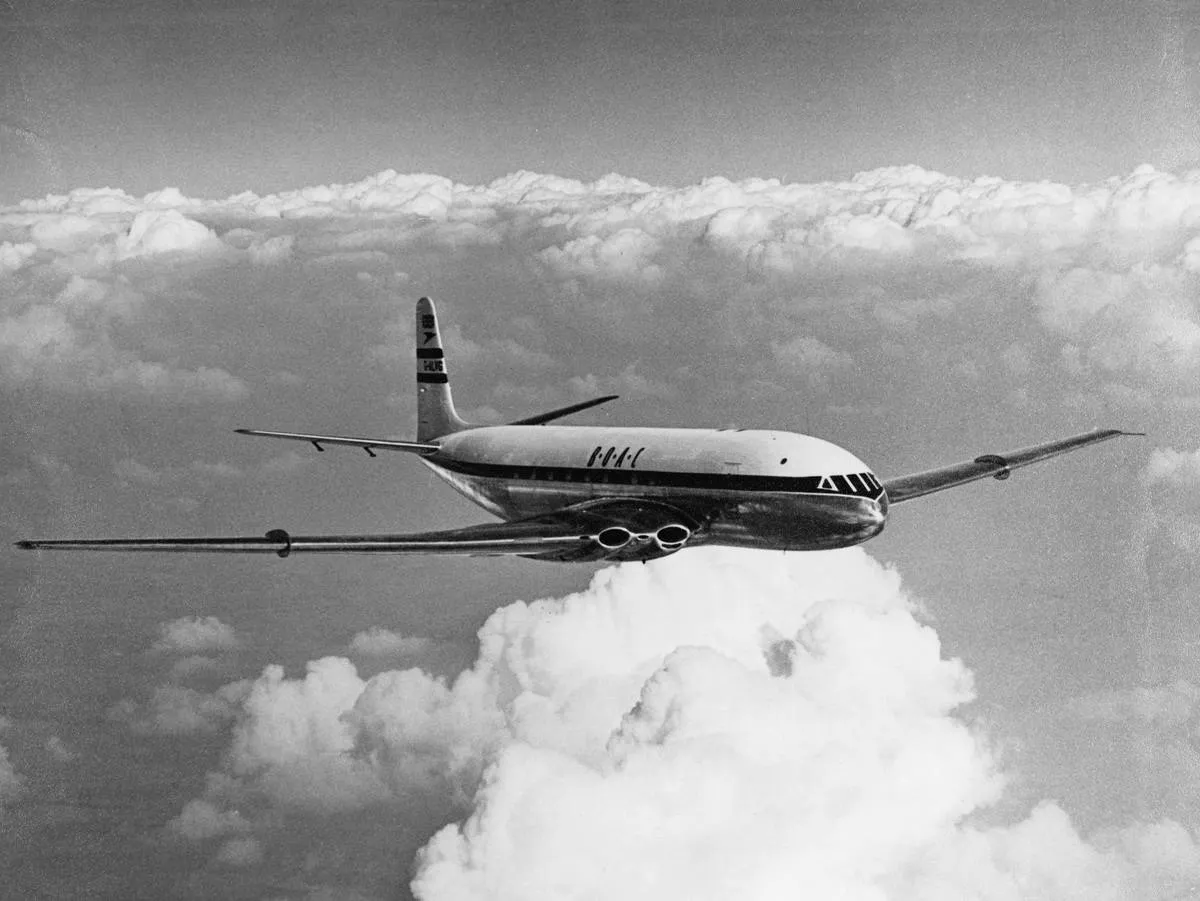
The de Havilland Comet was the world's first commercial jet airliner. The prototype launched in 1949, and it quickly became the model for how not to design an aircraft. Within a year of entering airline service, the de Comet had three highly-publicized accidents.
The Comet's structure often failed because of metal fatigue, an aspect of physics that was not understood at the time. Engineers redesigned it several times, but it continued to have accidents. Finally, it was discontinued in 1997.
One Of The Royal Navy's Biggest Failures
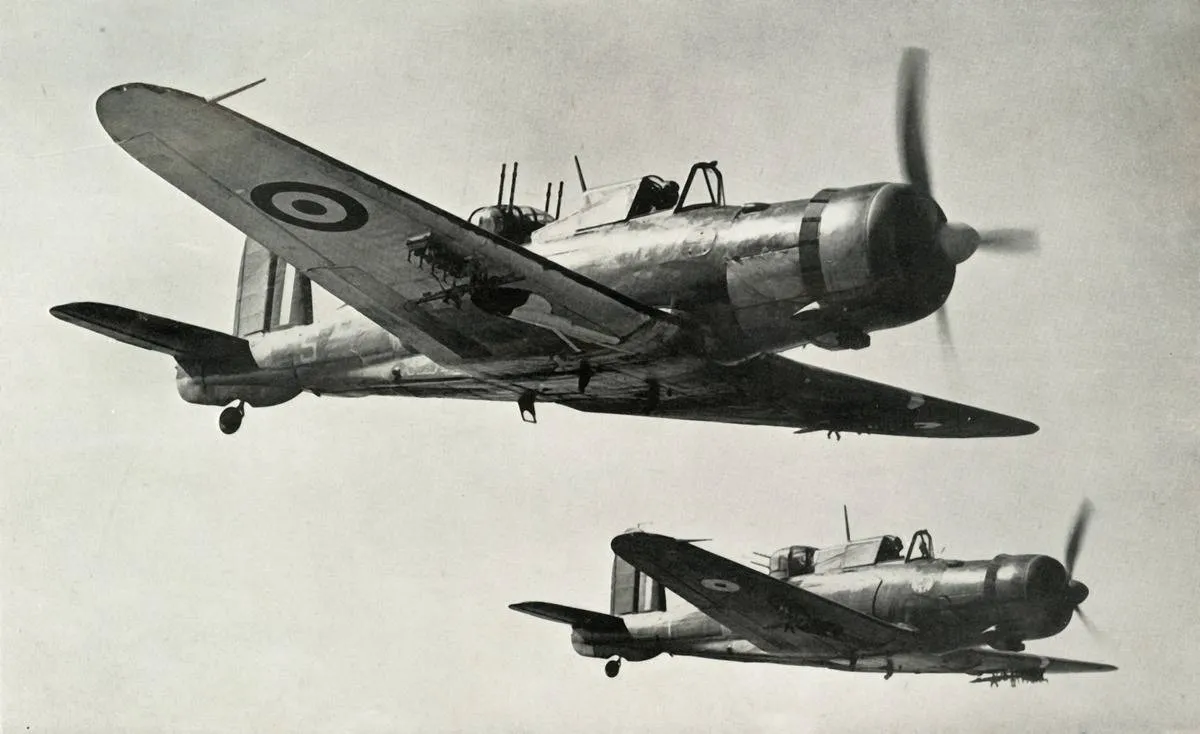
A few years before the Second World War, the British Royal Navy developed The Blackburn B-25 Roc. The Roc had four machine-gun turrets set right behind the pilot. The squad called the plane a "constant hindrance," and eventually, the Navy wouldn't let it fly from its carriers.
The Roc remained in the Royal Navy throughout World War II, but it only shot down one plane throughout the entirety of its career. It finally retired in 1943.
Teenagers Were Supposed To Fly The Heinkel He 162
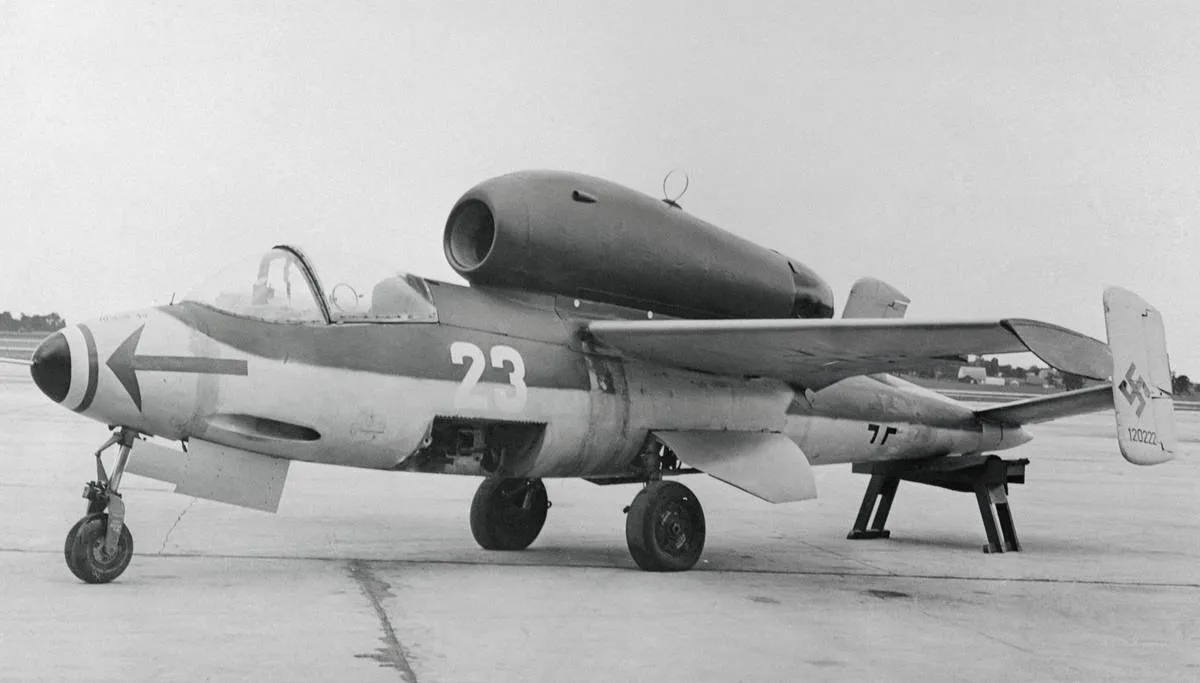
At the start of the Second World War, Germany produced the Heinkel He 162 Volksjäger. Called "the People's Fighter" in German, the Heinkel was developed so that teenagers with basic flight training could operate it. Because of a metal shortage, this plane was built with wood.
The wood construction ended up being worse than engineers thought. Namely, the glue corroded the jet's airframe, meaning that the craft would literally fall apart. It was discontinued within a year.
The Blackburn B.26 Botha Was "Worthless"
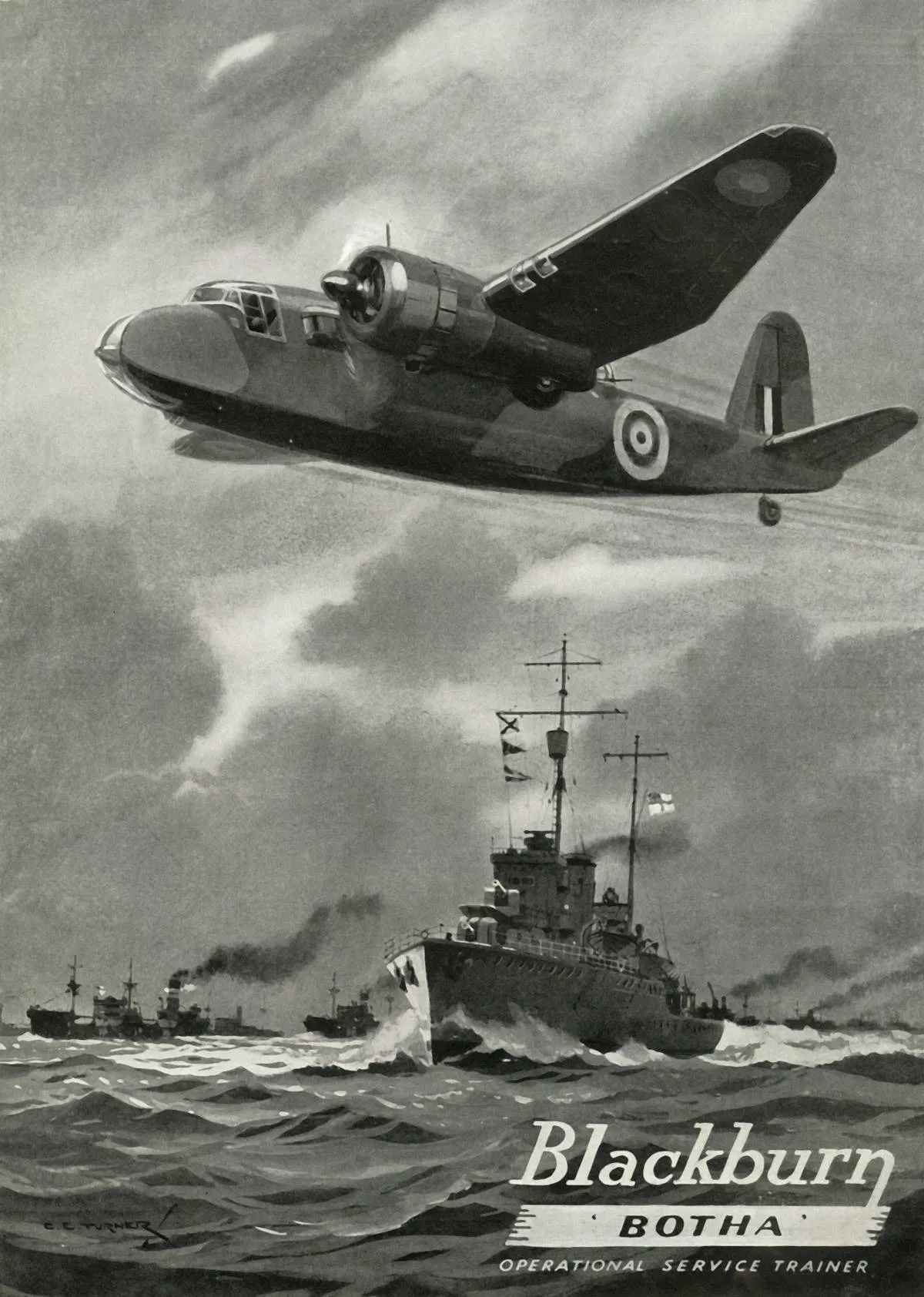
The Blackburn B.26 Botha was a British torpedo bomber that operated during World War II. It was one of the Blackburn models, a group of reconnaissance aircraft built during the '30s and '40s. The difference is that Botha was deemed "worthless."
For instance, the Botha had such limited visibility that it couldn't be used for recon. It required a four-person crew, which increased the weight. The extra weight made it ineffective at firing torpedos and caused accidents.
How Is The Embraer EMB-120 Brasilia Still In Service?
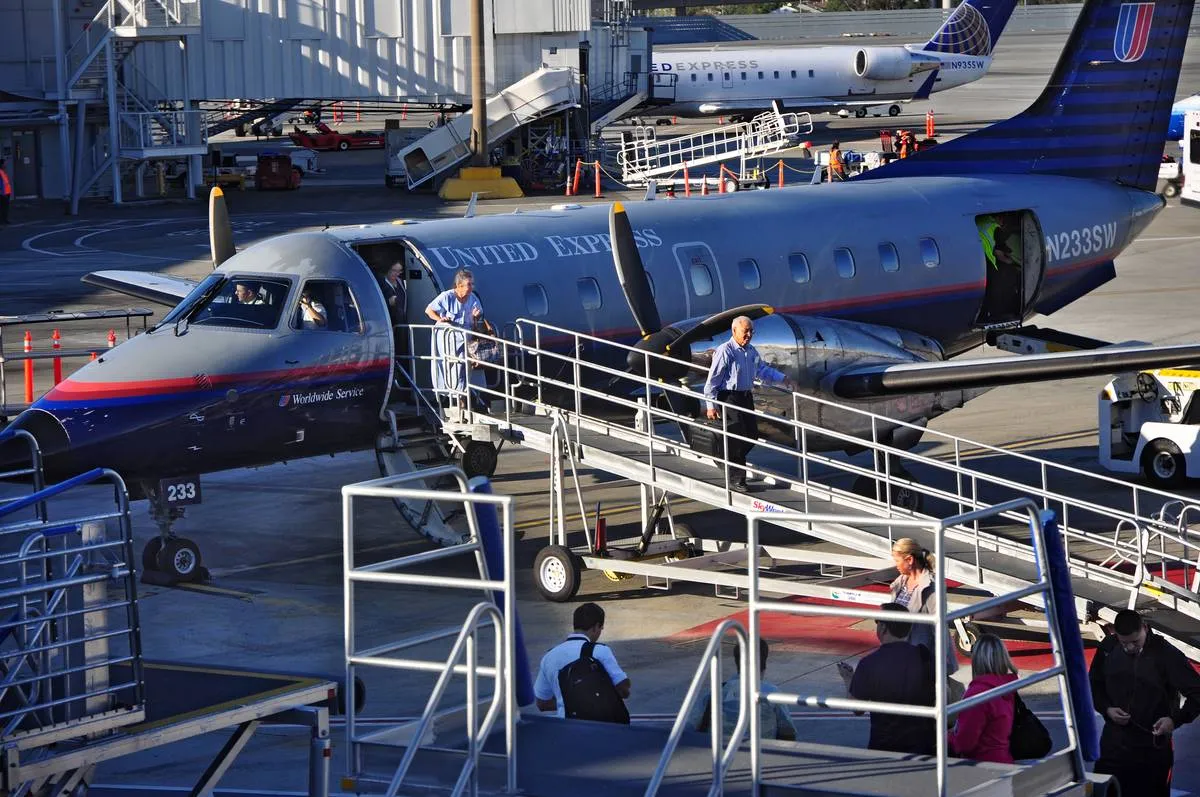
In the early 1980s, the Brazilian company Embraer launched the EMB-120 Brasilia. Despite its odd appearance, it is a commuter plane. It has been called one of the worst passenger planes in history.
In 1991, one of the turboprop planes fell apart during flight, killing 14 passengers. And that's not all; EMB-120 accidents have been occurring since 1986 all the way until 2017. Despite this, Dallas-based Ameriflight airlines still use ten of them as freighters.
The Bombardier Dash 8 Can't Carry Luggage
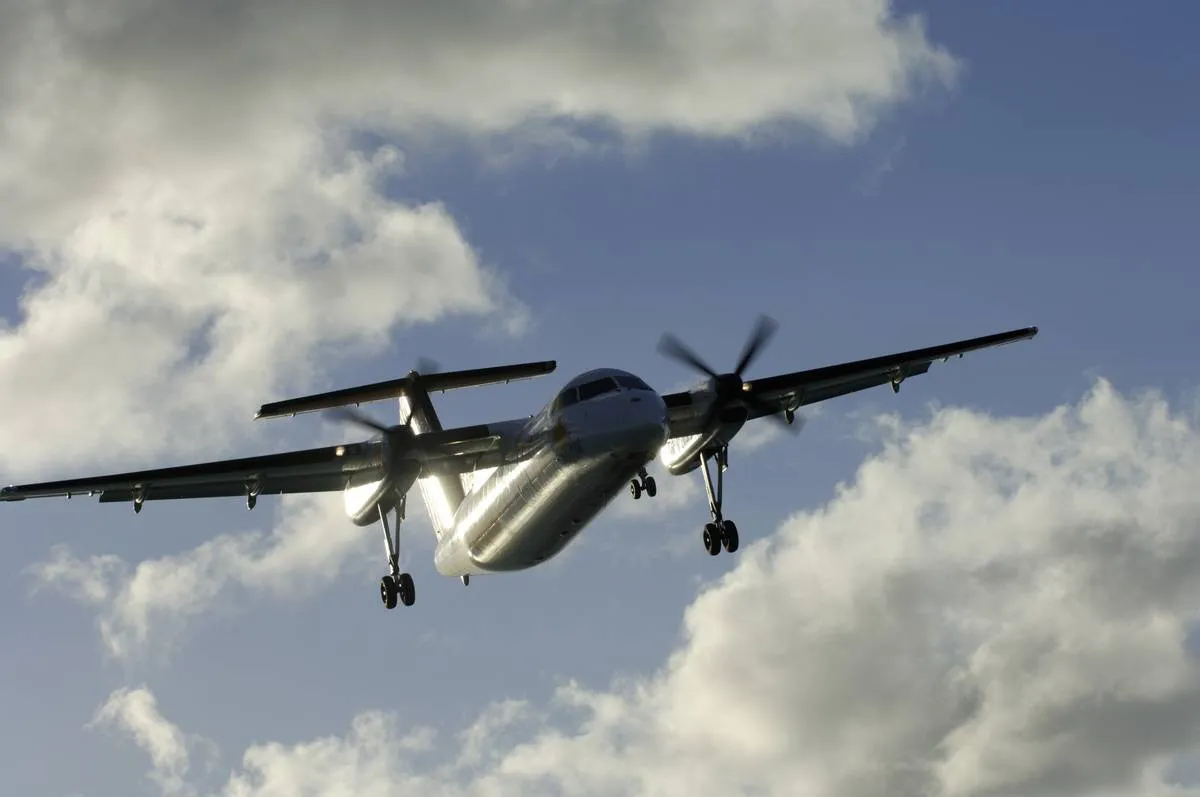
In 1982, De Havilland Canada developed the Bombardier Dash 8. They are turboprop-powered airliners designed to fly across small islands and land on narrow landing strips. The biggest problem is that the Dash 8 cannot hold all of its passenger's luggage.
According to Jalopnik user Crossdrilled, the Dash 8 cannot hold all of the extra weight from luggage. Passengers have stringent restrictions on how much luggage they can bring, which is a problem when transferring from a major airline.
Complaints About The Yakovlev Yak-42
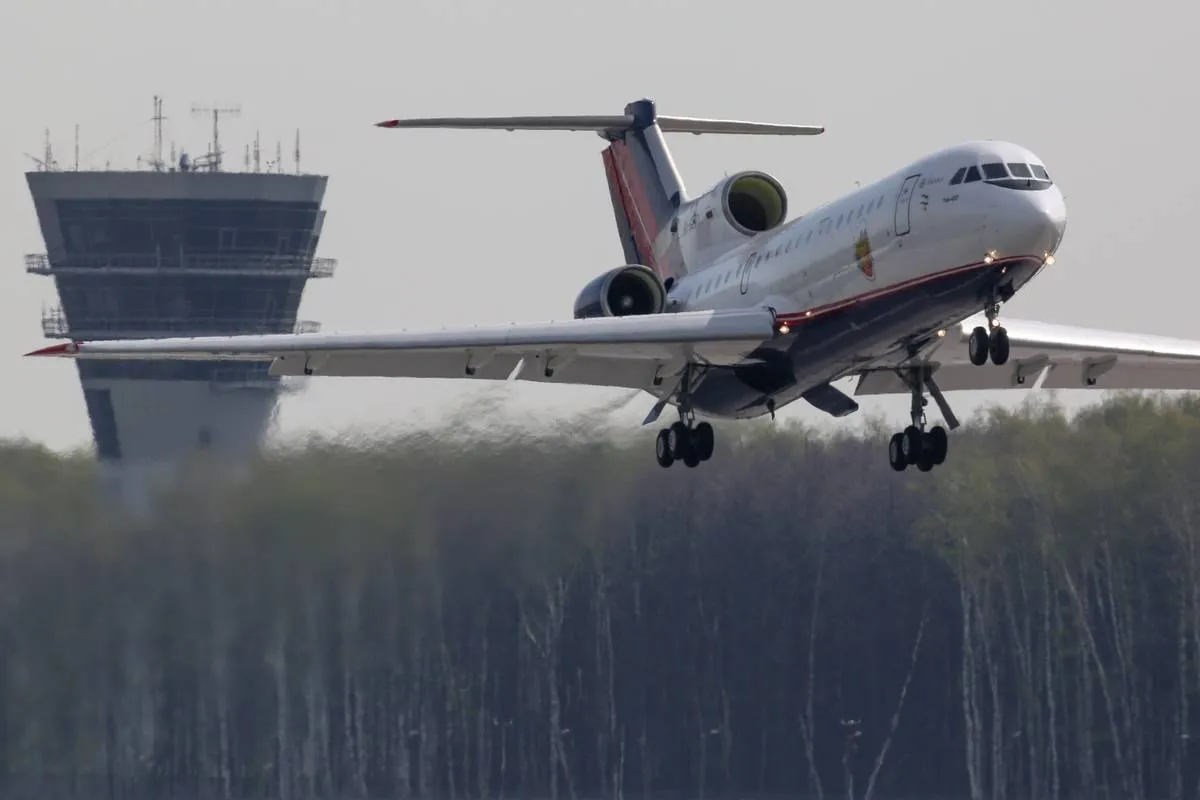
The Soviet Union first developed the Yakovlev Yak-42 in 1975, and the commercial jet is still operating to this day. However, some passengers and pilots think that it should be discontinued. Sir Halffast shared his experienced piloting it in a Jalopnik article.
"For one, the top of the entry door is chest high on a 6'0″ man. And of course, it has the horrible Soviet seats that fold flat forward with little provocation. And the rear stairway that rattles in flight as if it’s about to pop open at any moment." Uh oh!
Why Few Ilyushin Il-62's Have Survived
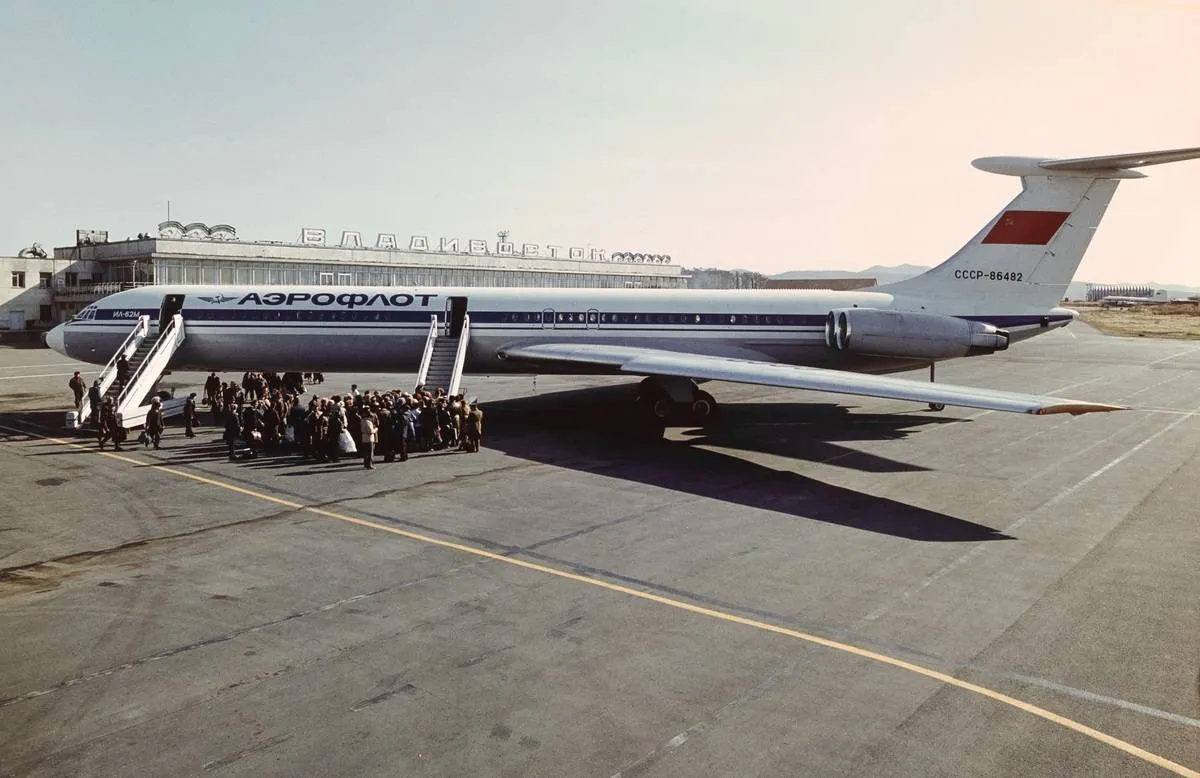
The Ilyushin Il-62, a Soviet narrow-bodied jetliner, released in 1960. The jet is currently in limited service because of its many flaws. For instance, it still uses manual controls. There is no power assist to help modern pilots.
According to former pilots, the Ilyushin Il-62 has a history of failed thrust reversers. Occasionally, an engine would explode, which would damage the engines around it. The Ilyushin has had dozens of accidents from 1965 to 2009, which is why production has downsized.
The ATR 72 Is Unsafe
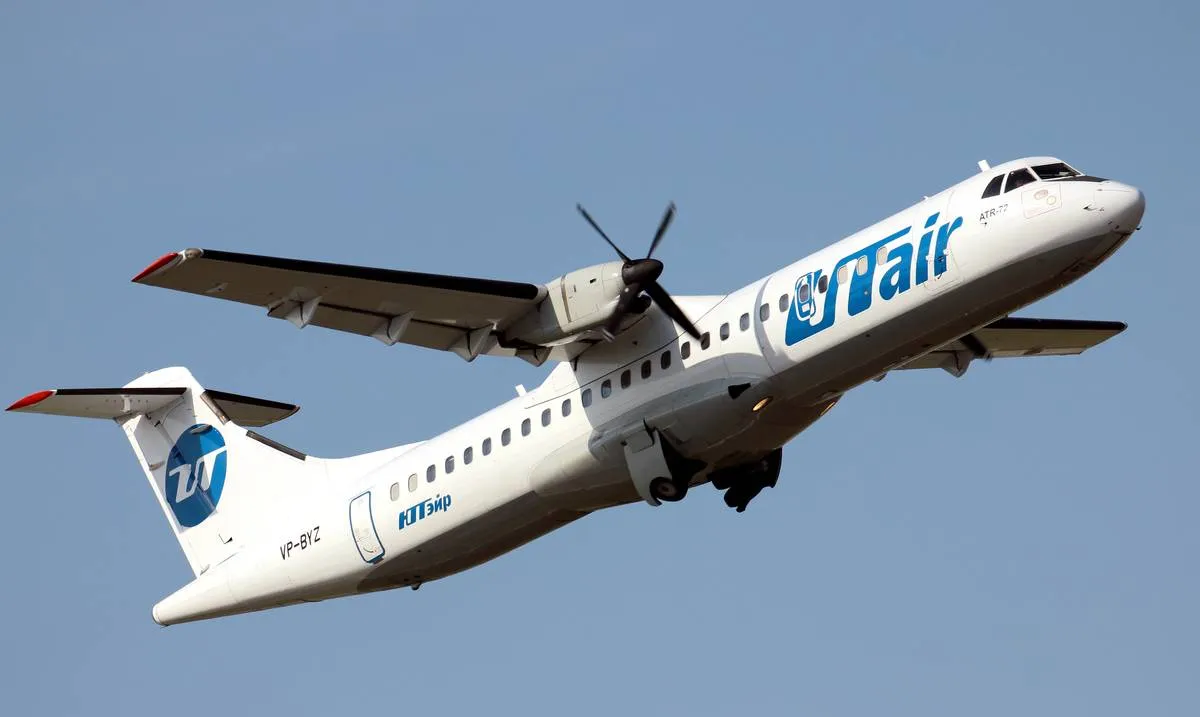
The ATR 72 has been in service since 1988. It is a turboprop, short-haul regional airliner from France. While it may look modern, it's not. Pilots say that the ATR is massively outdated, and this may save costs for the airlines.
Jalopnik contributor Alex Murel said that the old turboprops "feel like they're shaking the plane apart." Out of the 508 ATR models, 11 have crashed and killed over 190 people. That is not a good track record.
"The Flying Dorito" Never Took Flight
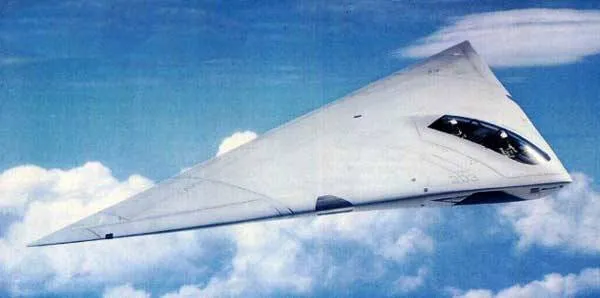
In the early 1980s, the U.S. Navy created mock-ups for a new attack aircraft, the McDonnell Douglas A-12 Avenger II. But the public knew it as "the Flying Dorito." The plane was supposed to look like a futuristic flying triangle.
The Navy made mock-ups but no official prototype. The project was bogged down with delays and skyrocketing costs. Engineers debated whether the design would work, even when powered by two General Electric F412-D5F2 turbofan engines. It finally cancelled in 1991.
The Fairey Battle Couldn't Battle
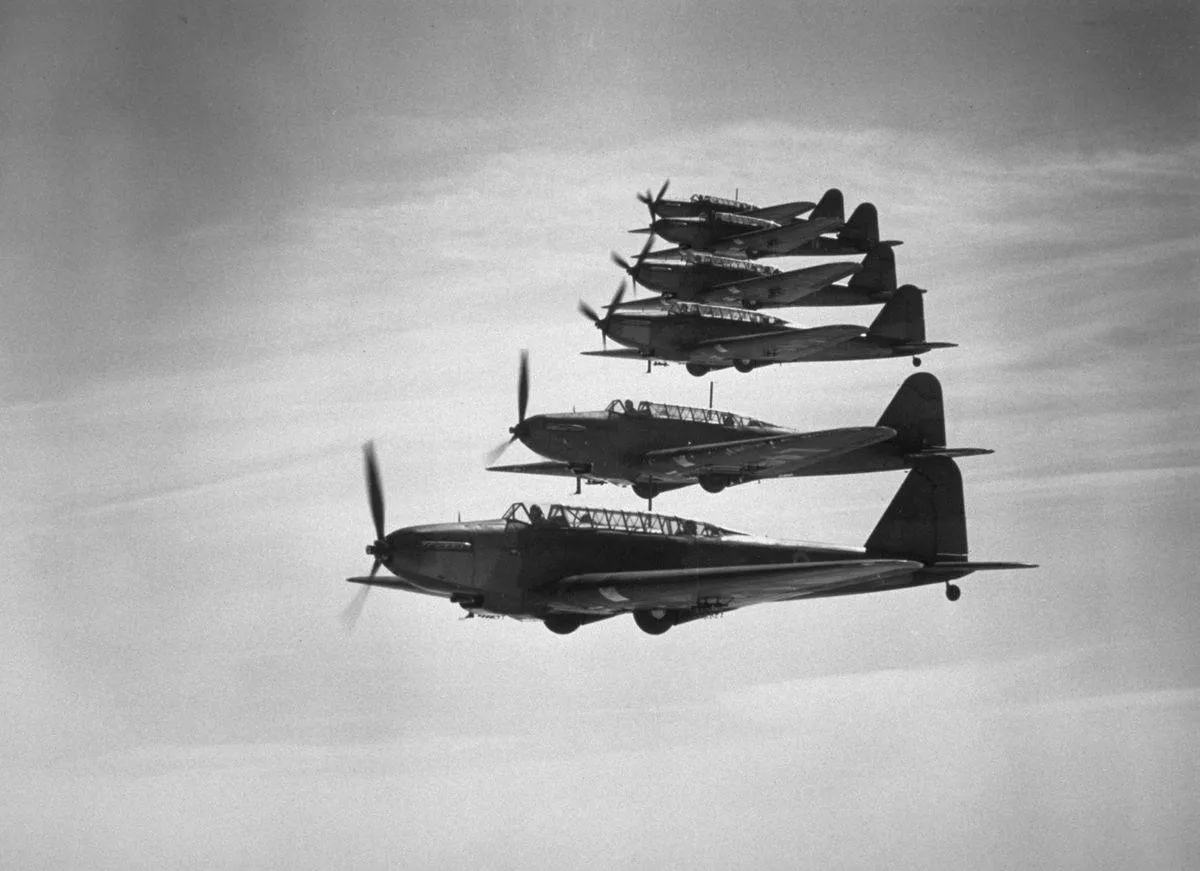
When the Royal Air Force built the Fairey Battle in the 1930s, it seemed promising. The single-engine light bomber was powered by the Rolls-Royce Merlin piston engine. Apparently, it wasn't fast enough; over 100 crafts were shot down in a single week.
The Fairey Battle was heavy, sluggish, and had a limited range. By 1940, the RAF withdrew all of them from combat. It was considered one of the most disappointing aircraft in RAF history.
The LWS-6 Żubr Never Made It Into Battle
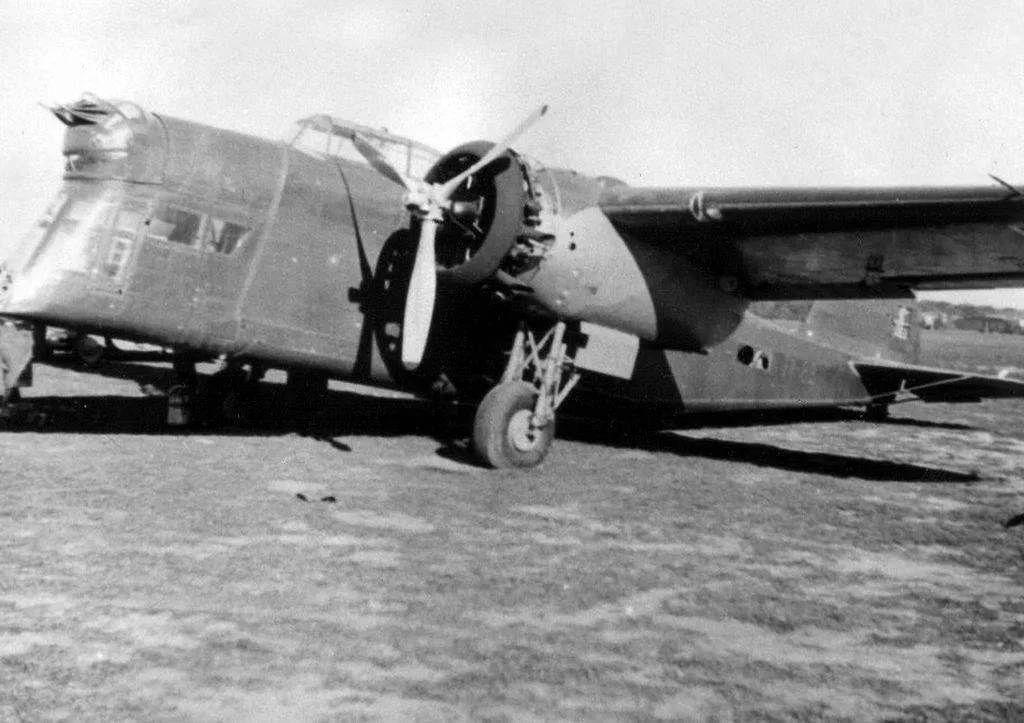
The LWS-6 Żubr was a twin-engine bomber developed in Poland during the late 1930s. It was as clunky as it looks. It had an undercarriage that retracted during some landings, and it was not as effective as the PZL.37 Łoś design.
The Żubr never made it into combat, but pilots did use them during training for World War II. Many crafts got destroyed during battles. Later, the Soviets used them for communications, and they discontinued them in the 1940s.
The U.S.'s Secret Flying Saucer Project
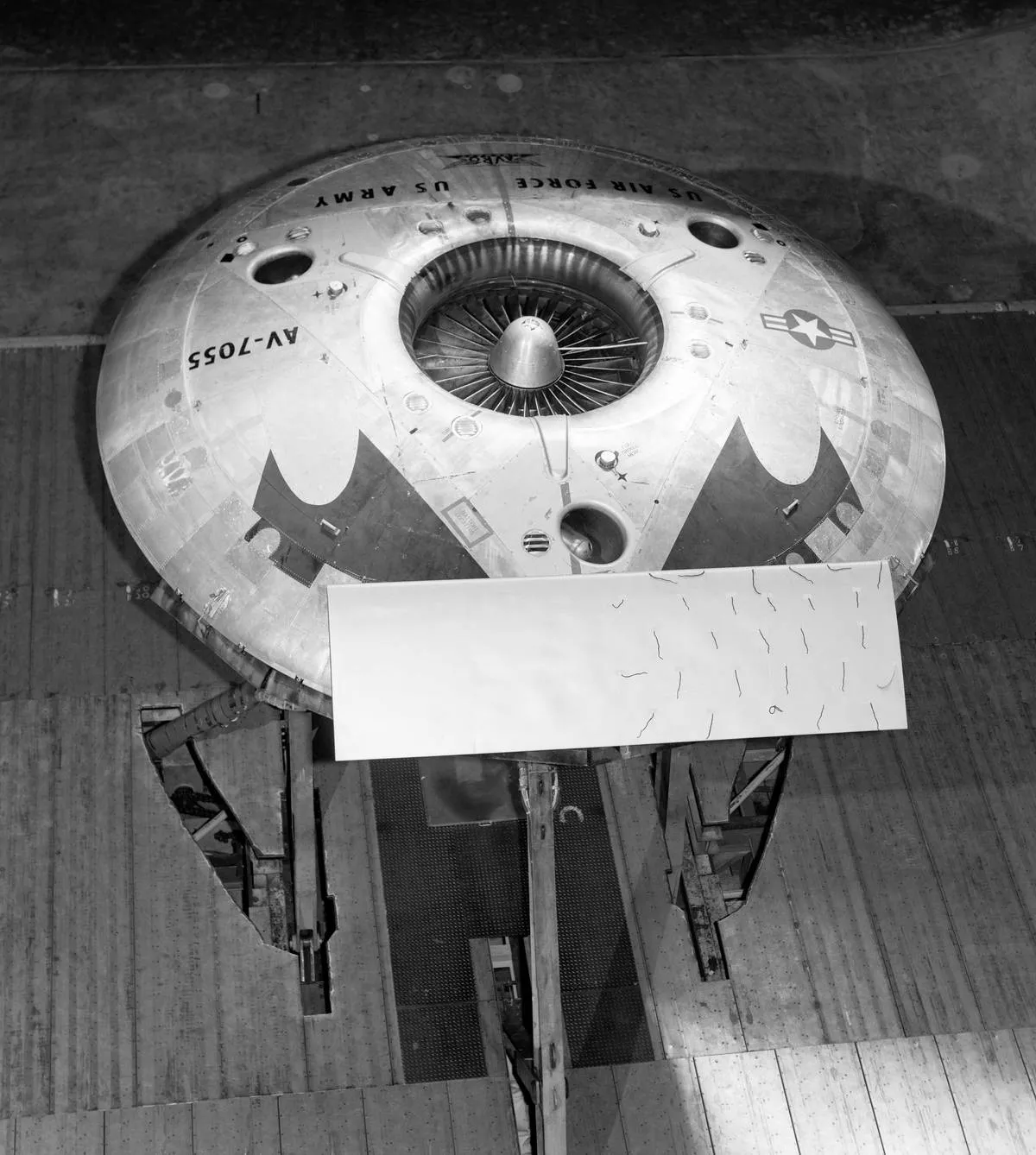
In the late 1950s, the company Avro Canada built a secret aircraft for the U.S. The Avro Canada VZ-9 Avrocar looked like a flying saucer. It had a single "turborotor" that launch it pretty high into the air at great speeds.
Although the Avrocar could fly, it under-performed. It was unstable and could not stay in the air for very long. The project was cancelled within three years, but its secrecy may have contributed to alien research rumors.
There's Too Much Noise On The Saab 340
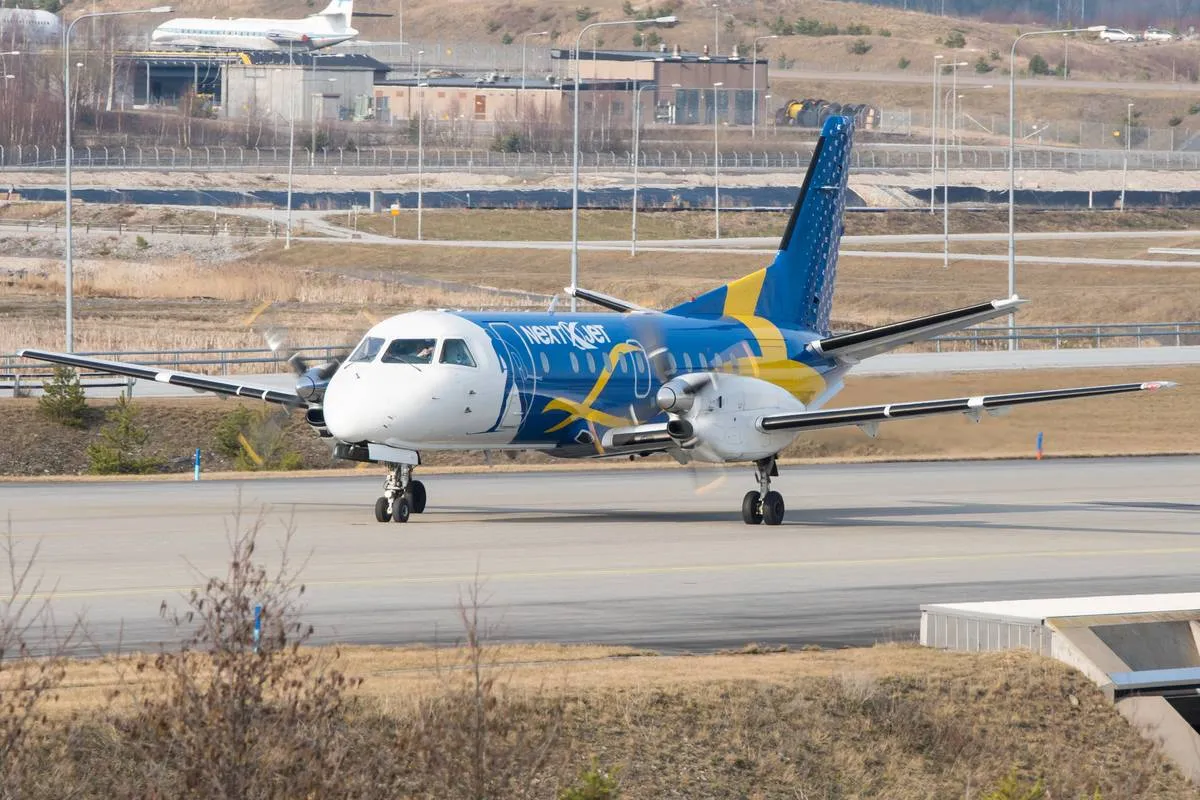
In the early 1980s, the Swedish developed a passenger aircraft called the Saab 340. They could hold 30 to 36 passengers, and although they are no longer in production, there are still a few around today. The problem: it is one of the noisiest aircraft ever.
Most of the noise comes from the propellers, which spin at supersonic speed. Passengers can hear them inside. Fortunately, they fly alright, and some are still used for national and international travel.
Don't Fly The Commercial MD-80
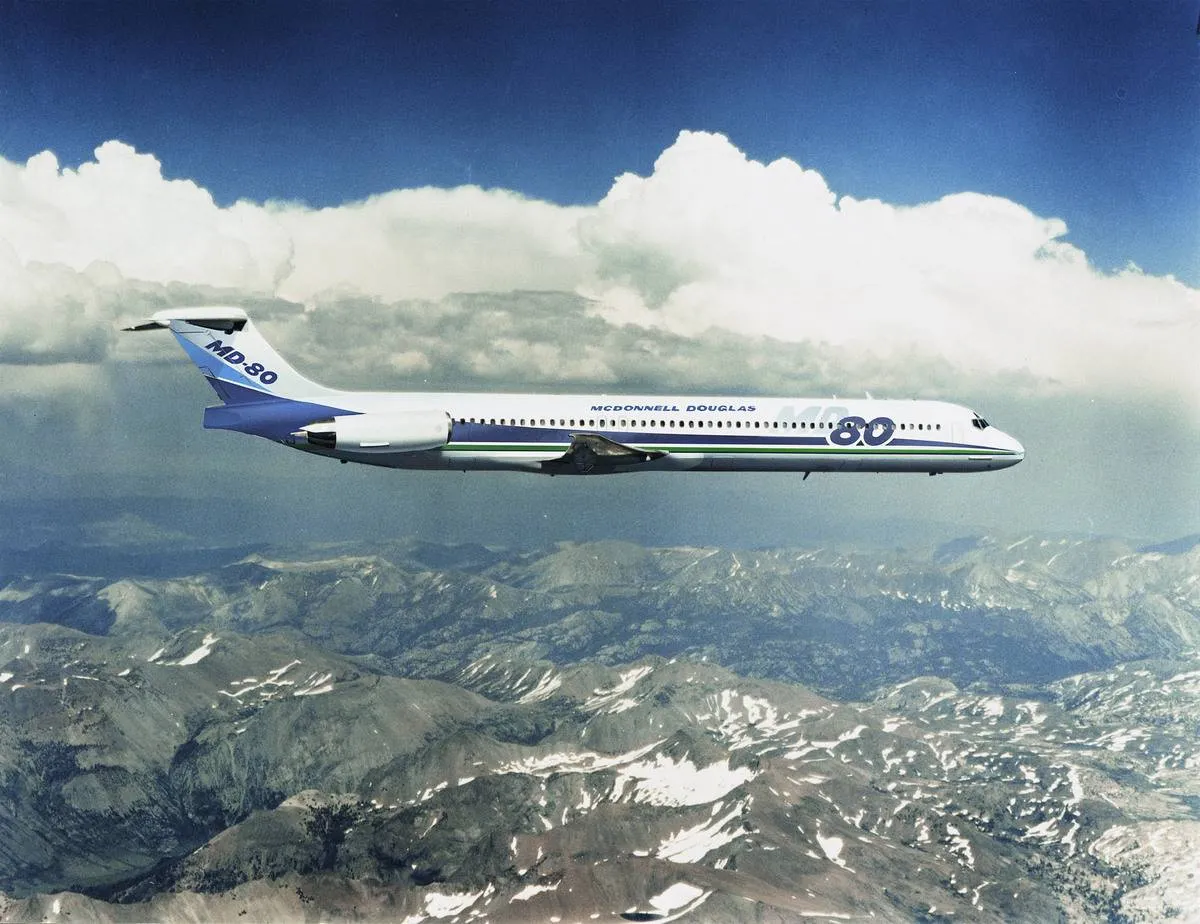
The McDonnell Douglas MD-80 is a single-aisle airliner developed in the late 1970s. It entered commercial service in 1980, and it had many problems. According to The New York Times, the MD-80 has had several fatal crashes that killed many people.
The MD-80 is also slower and more cramped than other commercial airliners. It ended production in 1999 with just over 1,000 left. Some are still in service today, working for American and Delta Airlines.
Remember When The Army Tried To Make A Hoverboard?
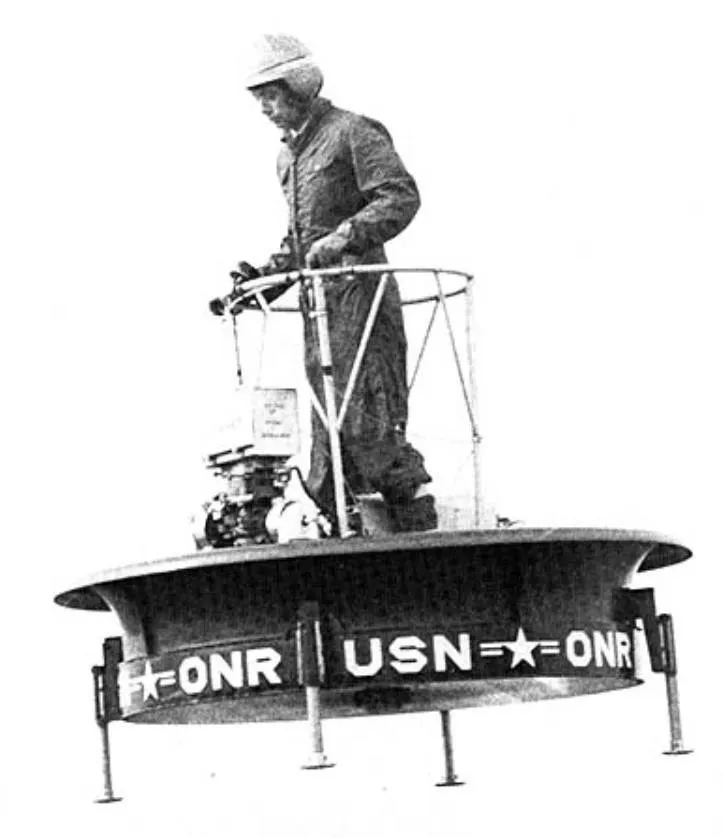
The Hiller VZ-1 may have looked cool, but it did not work. In 1955, the U.S. Army developed a direct-lift rotor aircraft. That's a fancy way of saying "a platform with a fan underneath." The aircraft moved when the pilot shifted his weight.
As you may have guessed, the Hiller ended up being unstable and slow. It could only reach 16 miles per hour and barely lifted off the ground. Six prototypes were built, and only two survive.
The "Spruce Goose" Was Way Too Big
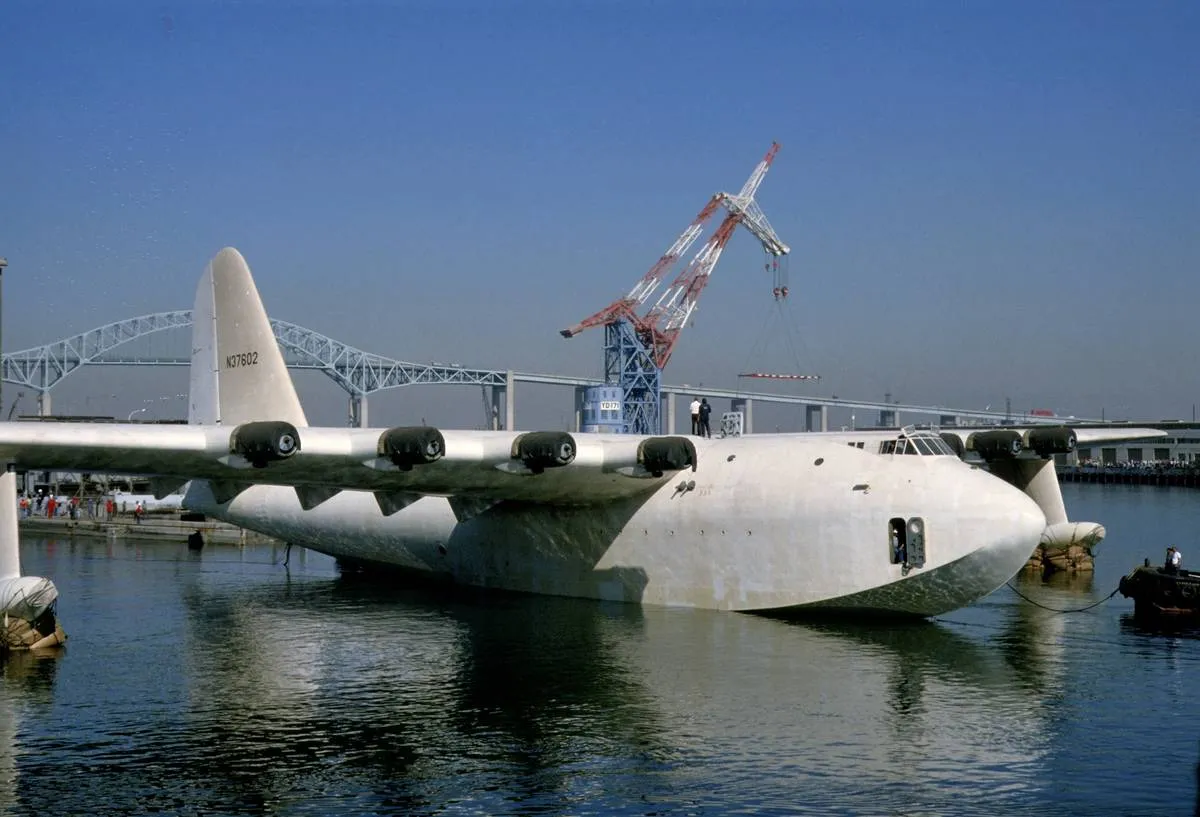
The Hughes H-4 Hercules was both an aircraft and a boat. It was used for supplies transports during World War II, but it was way too big and heavy. Even the wings had passageways and bunks for the crew. The large plane required a powerful engine that was not available at the time.
The Hercules only took one flight in 1947. The "Spruce Goose" remains the largest flying boat ever built. After it discontinued, it remained on display in museums.
Quickly Replacing The Messerschmitt Me 210
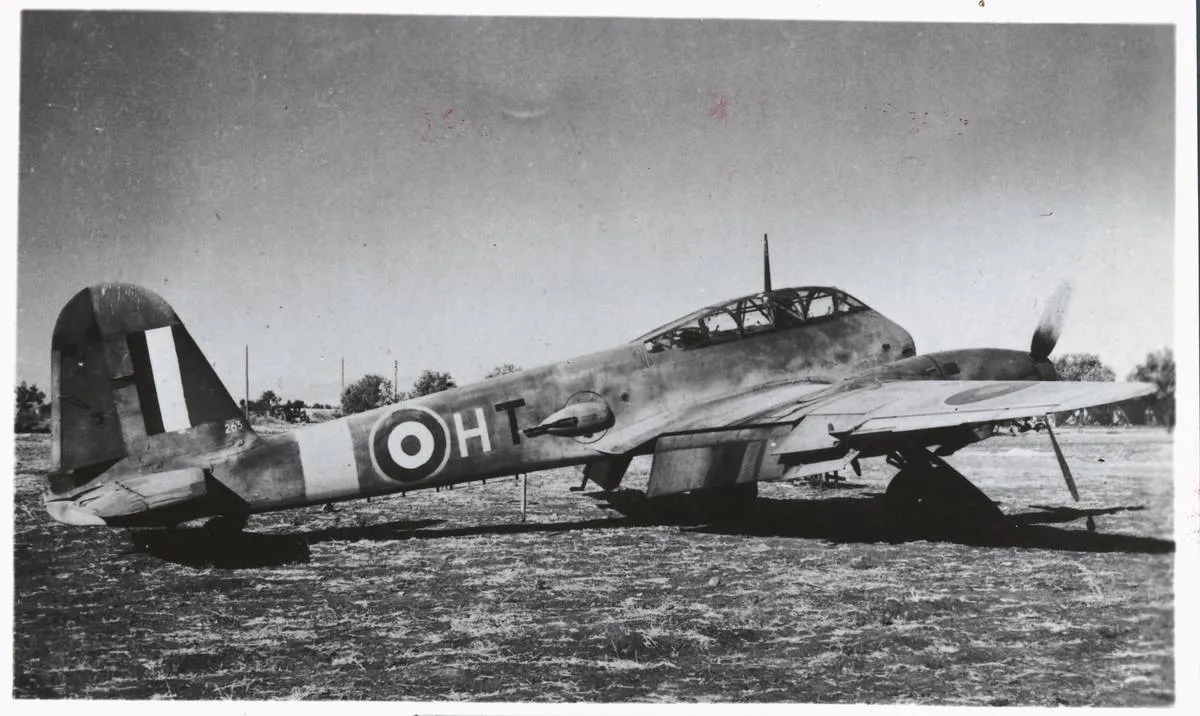
The German Messerschmitt Me 210 had one of the shortest runs of any World War II aircraft. By the time it took off in 1943, there were clear design flaws. Errors in the wing and fuselage design made the craft unstable.
Pilots frequently lost control of the craft and struggled to land it. At least 200 planes were made, and many of them crashed in accidents. Shortly after release, it was almost immediately replaced by the Messerschmitt Me 410 Hornisse.
Engineers Couldn't Figure Out The Heinkel He177 Greif
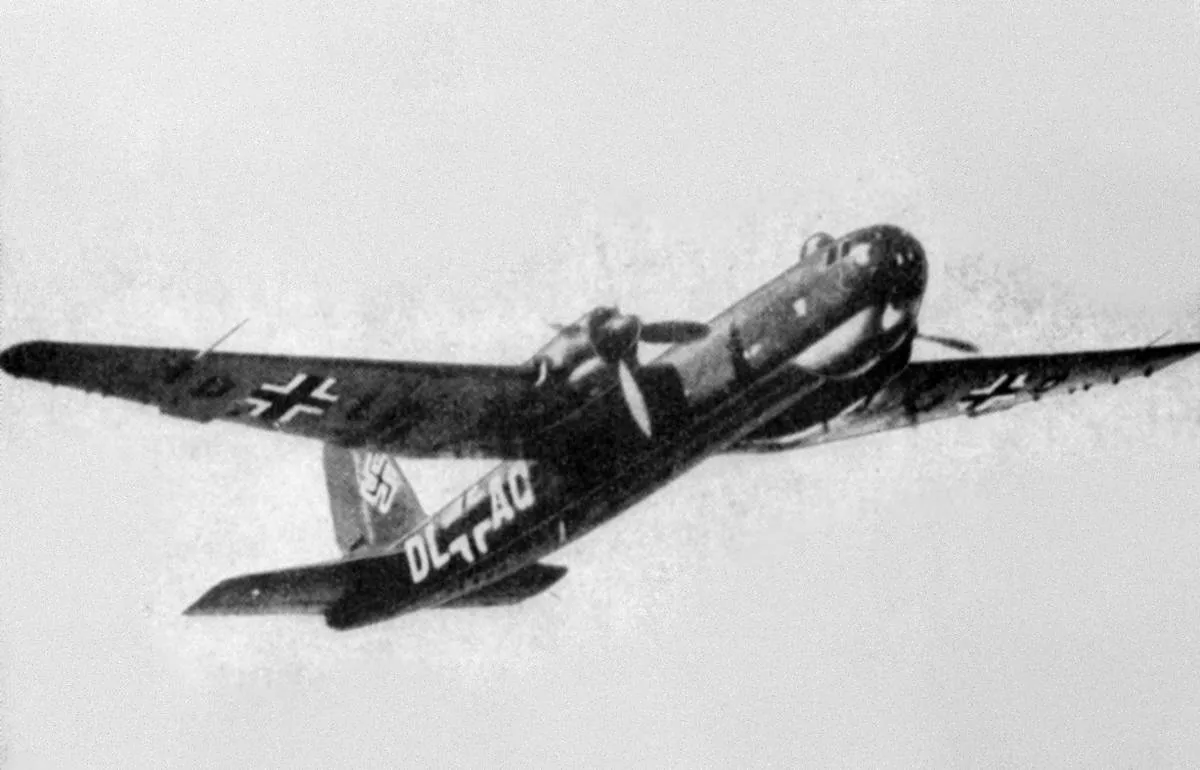
The Heinkel He177 Greif is remembered as the first German heavy bomber in World War II--and the worst. In 1938, the German Air Ministry required that the aircraft be able to dive bomb at the same time. This was a huge challenge for engineers.
The He177 required engines with 2,000 horsepower, which were new and untested at the time. Engineers ended up pairing two engines with two propellers, which caused the craft to burst into flames. Of the eight prototypes, six crashed or caught on fire.
The Breda ba.88 Lince Couldn't Even Keep Formation
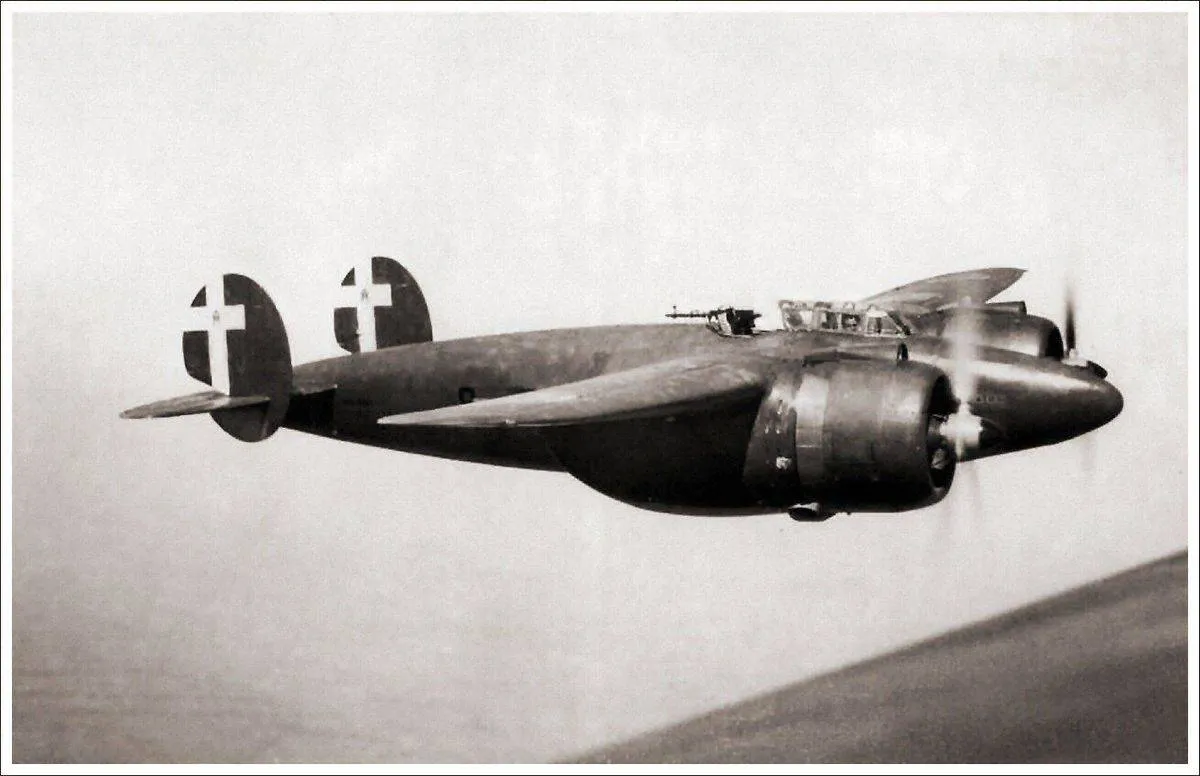
Shortly after its debut in 1937, the Breda ba.88 Lince made several world records in terms of speed. But it had many errors as well. This Italian aircraft had ground-attack weapons that weighed it down and made it unstable.
When the Lince entered combat in 1940, it struggled. It was so difficult to operate that the pilots had a hard time keeping formation. Italy retired the Lince in 1941, making it one of the biggest aircraft disappointments of World War II.
The Inflatable Plane Did Not Pan Out

In 1955, the Goodyear Aircraft Company decided to experiment by creating an inflatable aircraft. Goodyear created 12 inflatoplanes between 1956 and 1959 and tested all of them. One fatally crashed, killing the pilot, Army aviator Lt. "Pug" Wallace.
The biggest problem was that the inflatable wings would deflate. That would make the plane unstable and lose height. Although the project seems impossible, Goodyear continued testing until 1973. Many inflatoplanes are still on display in museums across the U.S.
When Rolls-Royce Made A Wingless Jet
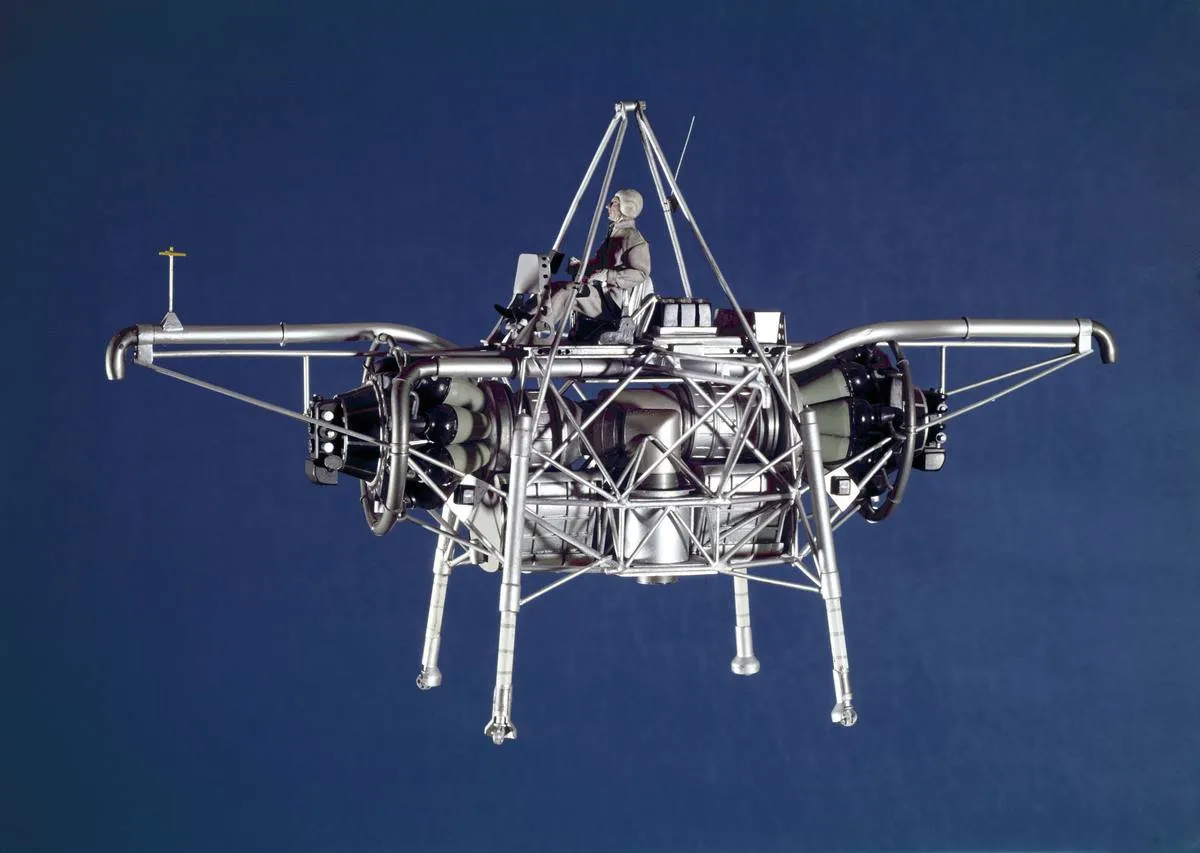
In the 1950s, Rolls-Royce tried their hand at a vertical flying aircraft. The result, the Rolls-Royce Thrust Measuring Rig, was essentially two jet engines attached to a frame. Nicknamed the "Flying Bedstead," it was supposed to be used for research in vertical flight.
The Flying Bedstead had no wings, control surfaces, or fuselage. As a result, it was incredibly unstable and had a poor throttle response. During the jet's first untethered test, it rolled over and killed the pilot.
Pilots Were Unimpressed With The Blackburn Firebrand

In the 1940s, the British Royal Navy designed a single-engine strike fighter called the Blackburn Firebrand. Its performance was unimpressive, to say the least. The cockpit was too low and far back, so the pilots had poor vision.
Its top speed was 340 miles per hour, far lower than other crafts at the time. Other fighters could reach 440 miles per hour. Test Pilot Eric Brown called it the most unpleasant fighter he tested. It retired in 1953.
The Convair F-102 Delta Dagger Was Too Slow
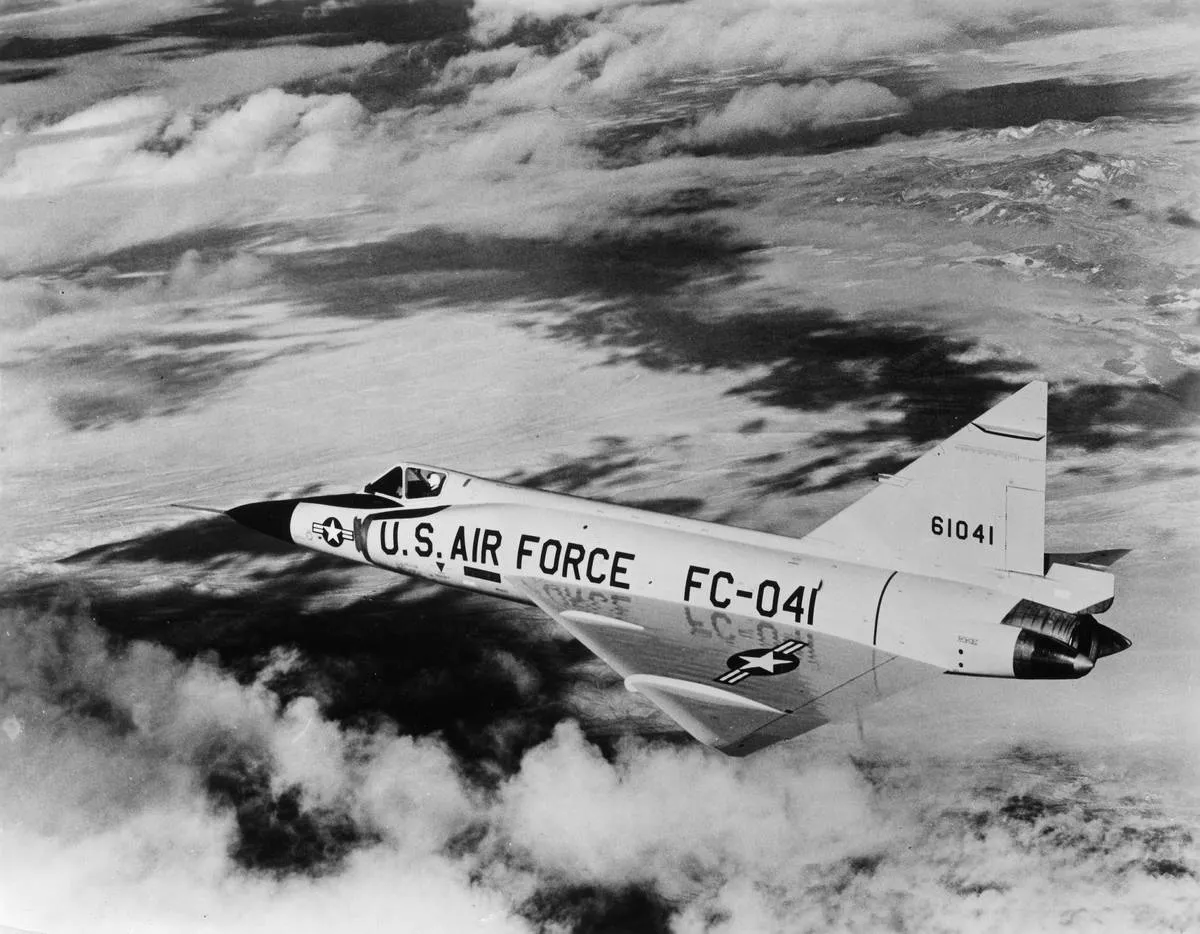
The Convair F-102 Delta Dagger was an American interceptor that was supposed to break the sound barrier with its speed. It did not. Because of its poor aerodynamic design and engine, the Dagger severely underperformed.
Although the Dagger was America's first supersonic interceptor, it couldn't even reach Mach 1. It had very limited service in the Vietnam War. Soon, the Army replaced it with the Convair F-106 Delta Dart, which could reach Mach 2. The Dagger retired in 1979.
No One Wanted The Blohm-Voss BV-141

In the late 1930s, the German Air Ministry invented an unconventional tactical reconnaissance aircraft. It was the asymmetrical Blohm-Voss BV-141. The cockpit was slightly to the right of the propeller. It was a strange design.
At first glance, it looks like it wouldn't work, but the weight was equally distributed. Prototypes actually worked fairly well, but nobody wanted to order more. The few that were invented crashed during World War II, and we have no surviving models.
The LZ 129 Hindenburg: This Is Not A Blimp
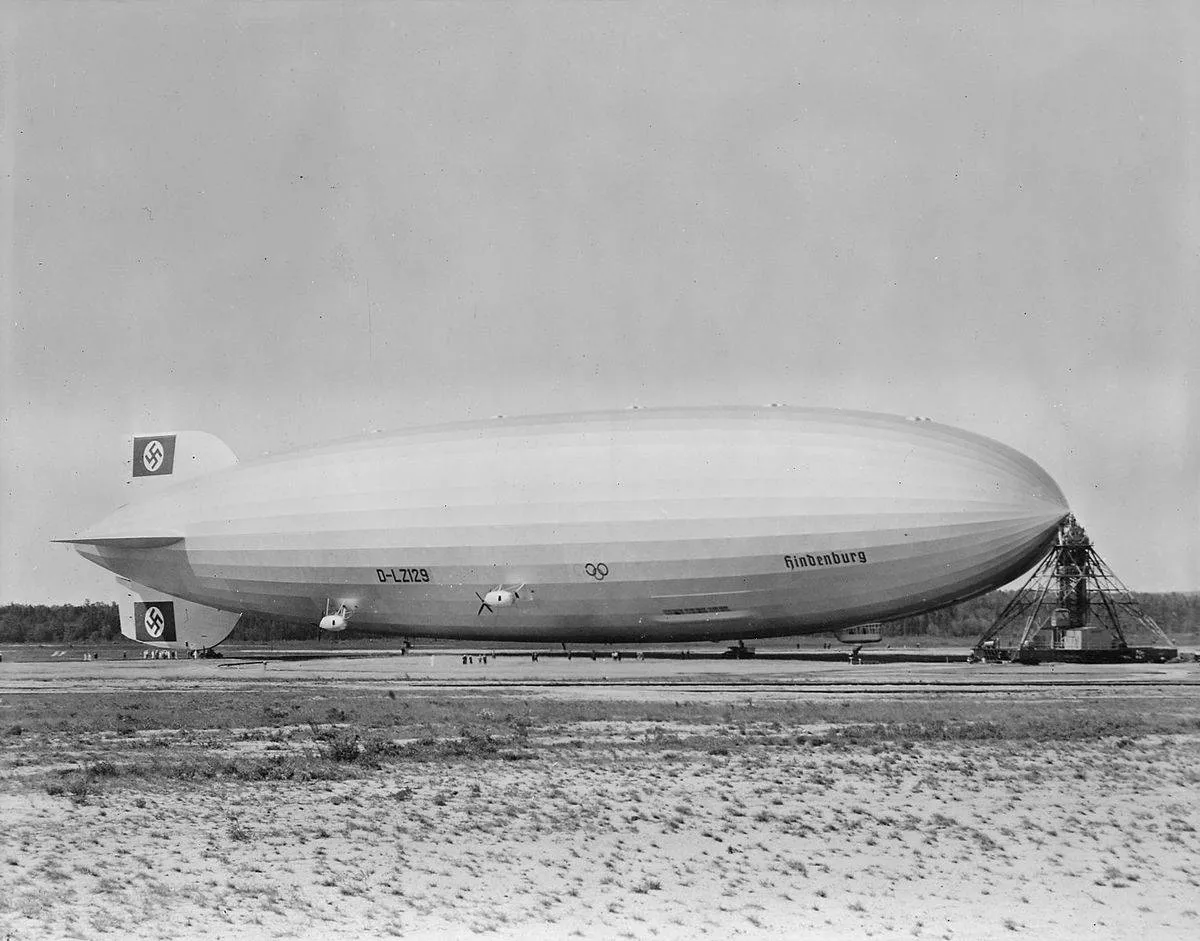
Although the LZ 129 Hindenburg looks like a blimp, it isn't. It's actually a German passenger-carrying aircraft. When it released in the 1930s, it was the largest and longest aircraft ever built. Unfortunately, it eventually met disaster.
In May 1937, the Hindenburg embarked on a flight from Germany to the U.S. While trying to land, the aircraft caught on fire, resulting in 36 deaths. It was one of the biggest airship disasters of the time.
The Royal Air Force Pushed This Jet Too Hard
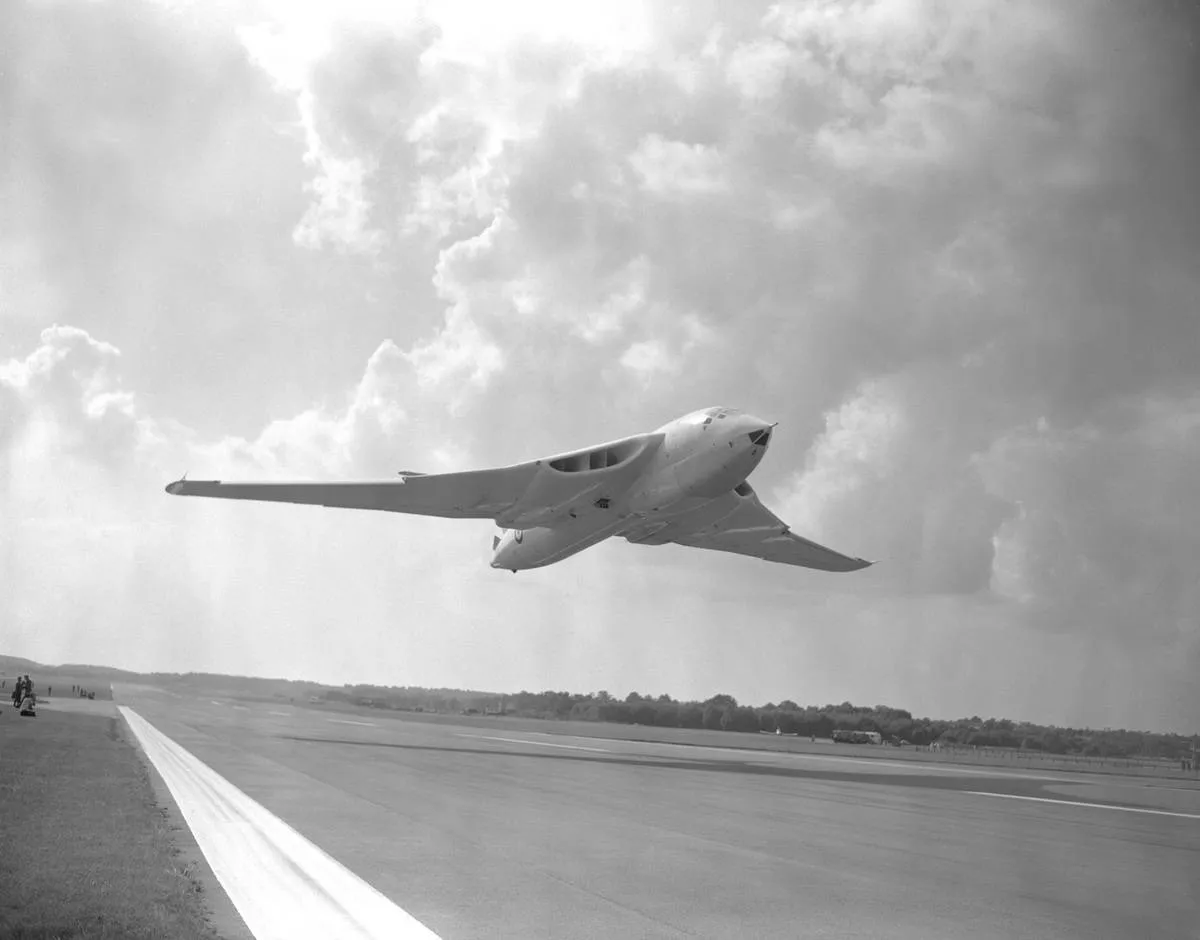
At first glance, the Handley Page Victor seems like a sufficient jet. It was a strategic bomber developed by the British Royal Air Force during the Cold War. They lasted for almost 40 years with many updates, including cameras, radar, and other sensors.
The problem? The RAF usually used them in low-altitude flight to avoid detection. The Victor couldn't handle this; several fatigue cracks were found on the jets in 1968. They were then used as refuelers until 1993.
The Fairey Gannet AEW.3 Shouldn't Have Stayed In Service
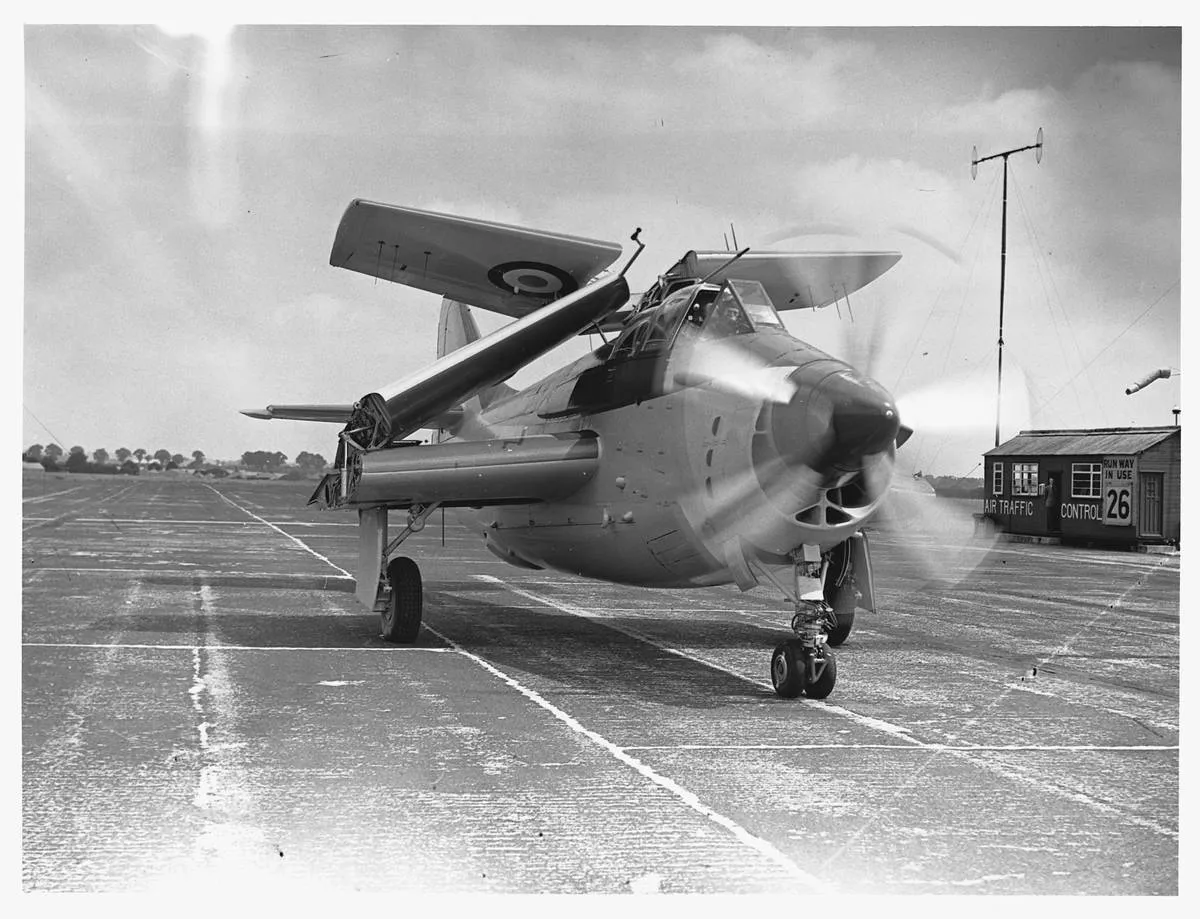
In the late 1950s, the Royal Airforce designed the Fairey Gannet AEW.3 to attack submarines during warfare. This strange-looking aircraft was supposed to replace the Douglas Skyraider, but it had several flaws.
For one, the radome made the aircraft unstable. The radar had to be mounted in a very specific way, and if it wasn't, pilots could not locate submarines. Despite these flaws, all 44 Gannets remained in service until there was only one that could still operate.
No One Wanted The Beechcraft Starship
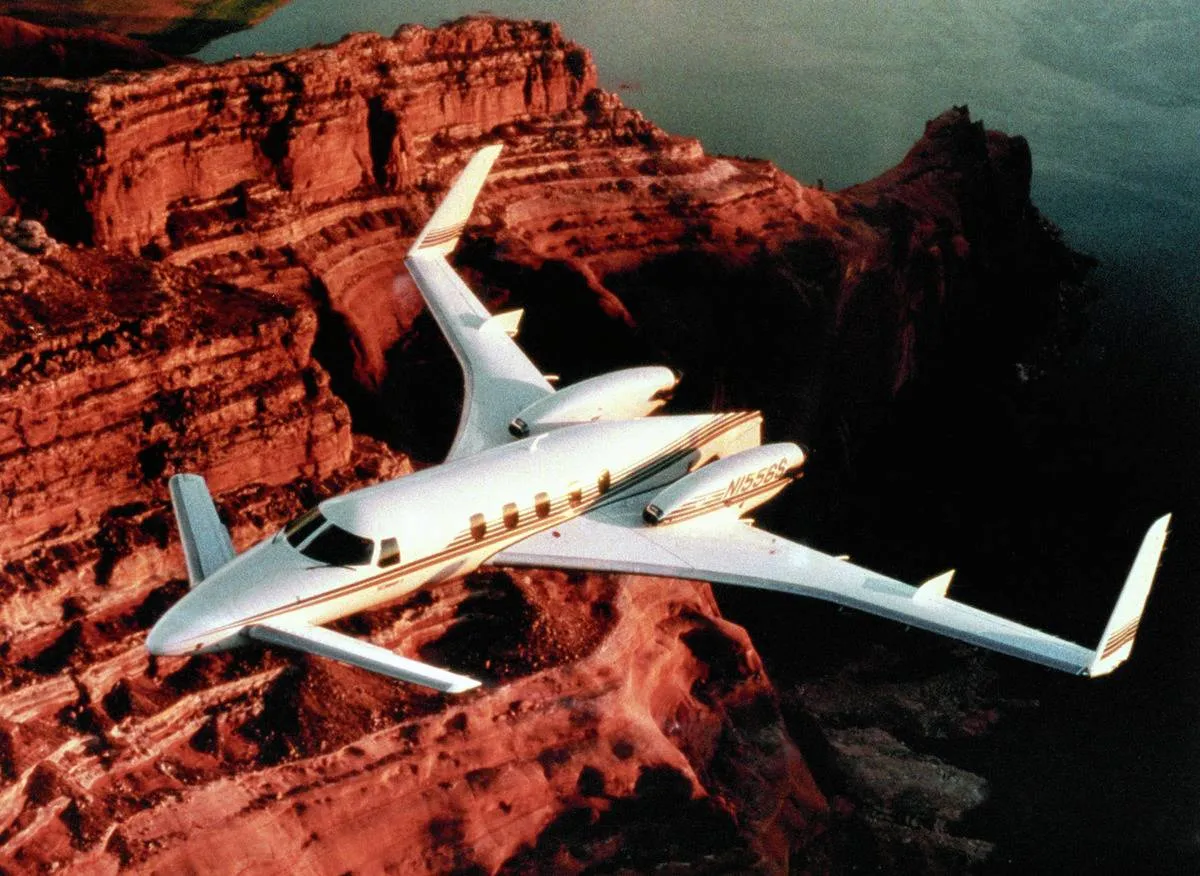
In the mid-1980s, Beech Aircraft Corporation invented a twin-turboprop that could transport six to eight passengers. The Beechcraft Starship was designed to transport passengers for high-end business trips. Unfortunately, nobody wanted to buy it.
One reason is that it was too expensive. A Starship cost $3.9 million in 1989. It also underperformed compared to other crafts; the Piper Cheyenne was faster and sold for $1 million less. The design was not the prettiest or most practical, either.









